I believe that grown ups can be gamers. I do not remember if I have ever written about this topic on this blog, but you might know anyway, that I spend quite some time in front of the PlayStation playing the actual FIFA series in my free time. In this post however, I will talk about something else. I stumbled upon Kerbal Space Program roughly two months ago, and I fell in love with it almost immediately. The game is still in development phase (version 0.21), with updates coming out roughly every two months. Since at this point it lacks carrier mode or missions, you need to figure out yourself what to do, but the main goal is running the space program of the Kerbals, who live on planet Kerbin in the Kerbol System. There are many stock parts available (and an overwhelming amount of community maintained add-ons) to build rockets, landers, rovers, probes, etc. But be careful with your design, because you really need to get your rocket science done correctly (definitely have the cheat sheet nearby, but I think without reading through and following a few tutorials, you will end up crashing your keyboard in madness), since the game is build on a quite realistic physics engine (although aerodynamic drag is not modelled too well so far). You will learn many things about orbital mechanics and actual rocket science while playing (thrust-to-weight ratios, rocket equations, deltaV values, using the navball, orbital manoeuvres, rendezvous and docking, interplanetary travel, aerobraking, and so on). And you are always in control, there is no autopilot. You control the thrusters, the staging, different parts, everything! But instead of going into any further details (which you can anyway look up on-line), let me walk you through my most advanced mission so far. It took at least 3 hours to design, build (using 167 parts), and test, and another 3 hours to fly the mission… (Yeah, long, lonely observing nights… I warn you, do not start playing this if you have only one hour to spare…) I present you Orion-2, a slightly altered Apollo-style mission to the Mün with three Kerbals on board. (Orion-1 was a similar mission, but without a buggy.)
Orion-2 sits on the launch pad, and for clarity I have labelled the different parts. The weather is optimal, there is some wind from the west, but the sky is clear, and lift-off is in ten, nine, eight, seven, six, five, four… [The game is available for PC, Mac, and Linux, and although the graphics are on purpose a bit cartoony, the following screenshots were taken at display settings which are far from maximal, so on a better computer, things look even much nicer – terrain quality is higher, textures are more detailed, shadows and lighting are better, etc.]
One of the Kerbals is getting a little bit nervous about the vibrations travelling through the command module. This is sometimes not a good sign. But this time all systems are good to go!
…three, two, one, and lift-off! The rocket is clear of the tower! Go, go, go! Seven engines are pushing the rocket towards the sky.
The design uses Asparagus staging in Stage 1, so the fuel runs out of two radially mounted fuel tanks first, which are immediately dropped afterwards…
This is repeated once more before the gravity turn starts towards the east… Orion-2 has passed 10 kilometres in height.
As the initial apoapsis is raised comfortably above the edge of the atmosphere, the last fuel tank of Stage 1 is dropped.
After circularising the orbit using Stage 2, the commander waits for the optimal position (more or less when the Mün rises above the horizon) to start the trans-Münar injection burn. (Note that to maintain sufficient power levels, the solar panels were also extended upon reaching initial low Kerbin orbit.)
Halfway to the Mün the crew is going through the final checklist concerning the next phases of the mission.
After entering the Mün’s sphere of influence (SOI), low Mün orbit is achieved with a series of retrograde burns and Stage 2 is dropped halfway through the process.
As the docking ports are only structural, the Kerbals who plan to land have to go for an extra-vehicular activity (EVA) to move from the Command Module (CM) to the Münar Module (MM). This is also a good opportunity to check if the lander is still intact from the outside.
It is always good to remember to lower the legs of the lander first, because this is something some Kerbals tend to forget about…
“Commander, look over there, Kerbin is rising! Give me a roll of colour negative quickly! It looks so small and fragile…”
The landing sequence starts with the separation of the MM and the CM. One lonely Kerbal stays on orbit, waiting for the other two to return…
The MM first drifts to a safe distance, making sure that a retrograde burn will not bring it to a collision course with the CM.
Then the bottom of the MM is pointed to the retrograde direction, and landing starts with a small burn. (Notice the CM overtaking on a higher orbit as a result of the drop in the MM’s speed.)
As the MM ascends and the orbital speed drops, the bottom is tilted towards the surface to keep the burn in the retrograde direction. After some time the horizontal velocity drops to nearly zero…
…and for the last kilometre the MM descends vertically. “I see our shadow! Plenty of fuel left, keep going! Vertical speed: 20 m/s, 15 m/s, 10 m/s…”
“Contact sensors on! Cut thrust! We have touchdown!”
After landing, the Münar Buggy is released, ladders are extended, and the two Kerbals leave the MM. “Such a magnificent view!”
The commander is so excited that he uses his jetpack to jump on the buggy right after he placed the flag of Kerbin on the Mün.
It would be better with a bit lower centre of gravity, but the buggy rolls pretty smoothly. It would be able to survive speeds up to 60 m/s, but the commander did not want to risk it and opted for a maximum of 15 m/s. You do not want to tip over a kilometre from the lander and walk back…
On the way to the closest crater, he visited the first probe which successfully landed on the surface of the Mün, 5 years earlier.
The edge of the crater was only 300 metres further. “Kerman, this is steep… Let’s head back, I wonder if everything is all right at the landing site…”
“They see me rollin’, they hatin’.”
Meanwhile in the CM, our flight engineer is working on some zero gravity experiments.
The landing site is just under the nuclear engine on the left. “I wish I could be down there with you guys… Maybe next time.”
“It is time to go home, I am getting hungry anyway.”
“Ok, I am coming, just let me park the buggy at a safe distance, and I will take a last picture with the flag too.”
After the two Kerbals took their seats and fasten their seat belts, they have initialised the take-off sequence. “Three, two, one, lift-off!” (Uh-oh, someone forgot to raise the ladder, but luckily that was not a problem…)
Ascending towards low-Mün orbit.
“Wow, look at the size of that canyon! We should try to land in that with Orion-3!”
“And there is Kerbin rising again! Do you still have a roll of Kodak?”
A few additional orbital manoeuvres later the MM is ready for the rendezvous with the CM. The flight engineer in the CM takes over here for the docking process, which is one of the most difficult manoeuvres of the mission.
Perfect docking. You can tell he has done it already at least 30 times…
The crew moves back from the MM to the CM. “The CM looks intact, I repeat, the CM is good to go!”
Before burning homewards, the MM is dropped and left on orbit around the Mün.
One well timed prograde burn (see an example of the map view from this stage with the manoeuvre node visible below) and Orion-2 is on the way back to Kerbin.
Halfway home. The crew is going through the checklist for the landing phase.
Since they had way more than enough fuel left, the commander decided to do another retrograde burn near the periapsis instead of simply aerobraking in the atmosphere…
Right before entering the atmosphere the CM is separated from the Service Module (SM).
“I hope the heat shields will survive…” Then 3 minutes of radio silence…
The parachutes are first semi-deployed…
…braking the CM down considerably…
…then fully deployed at 500 metres. (Notice the Mün in the background to the right.)
Splashdown! “What do you mean that we landed in the wrong ocean??? Send those ships quickly, for Kerbals’ sake!”
At the same time, Kerbol is eclipsed by Kerbin from the Orion-2 landing site… What a view!
“We shall return…”
(Now back to my Dutch language books… :S)
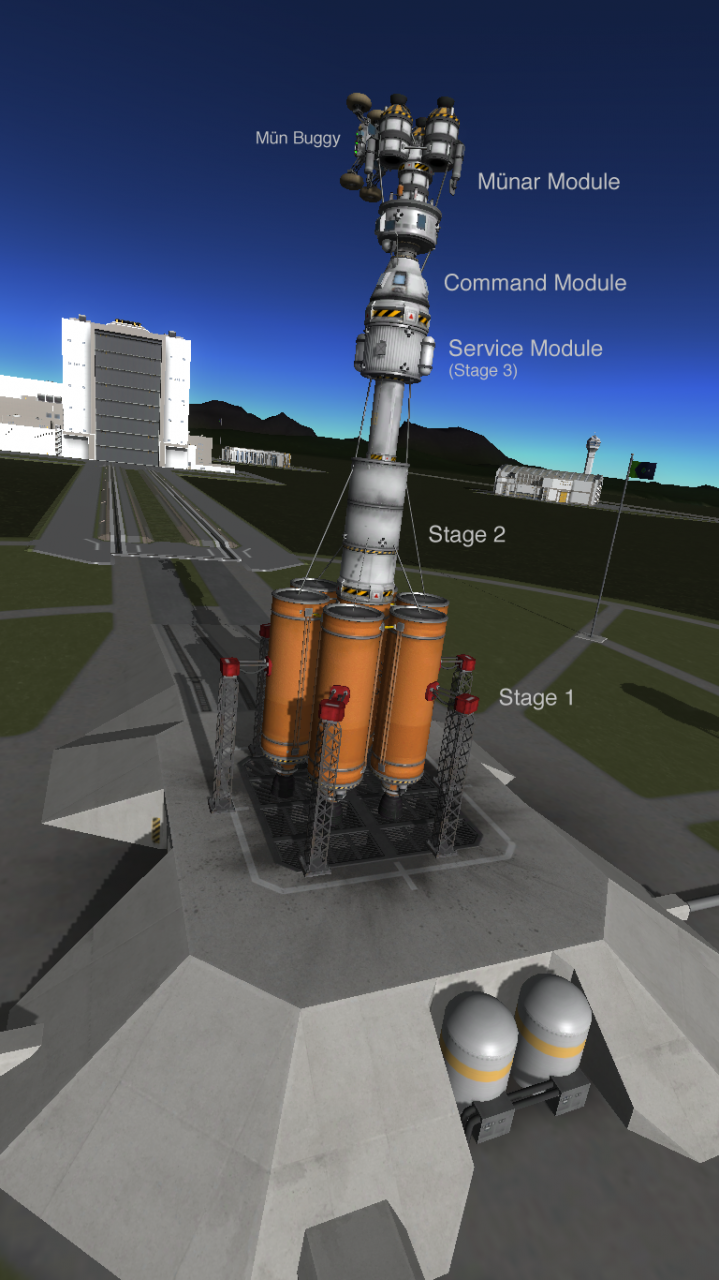
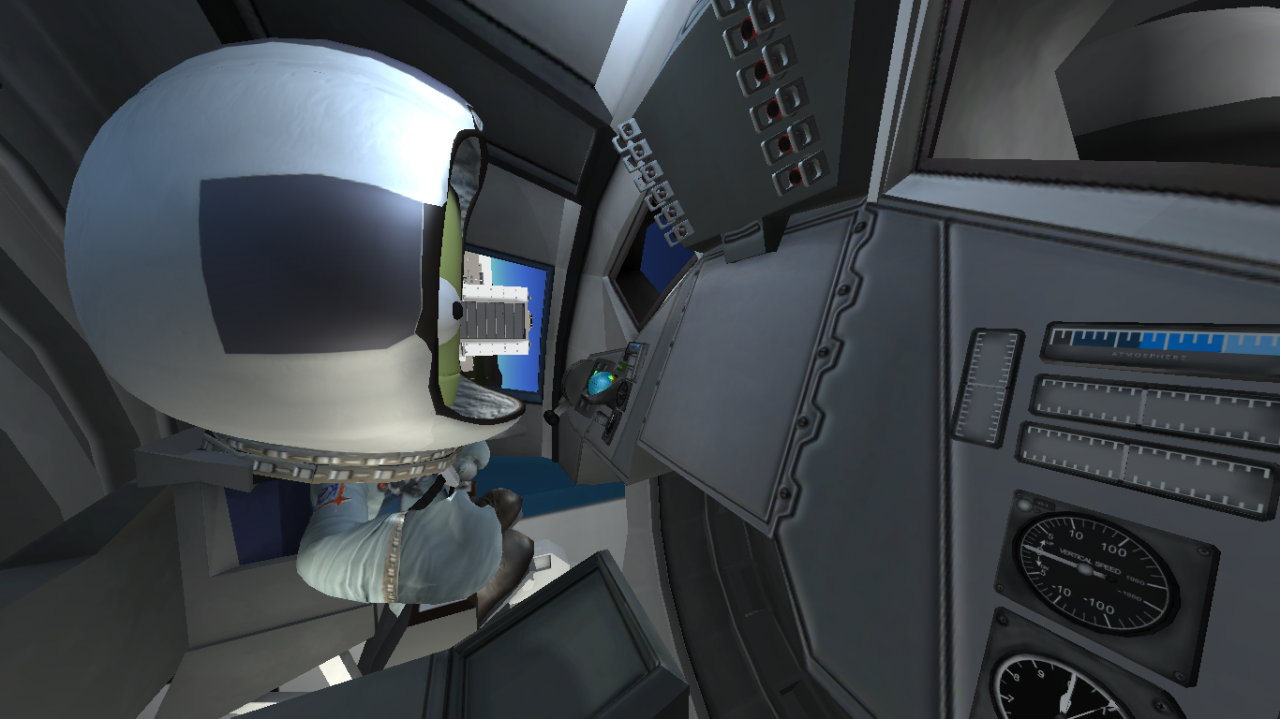
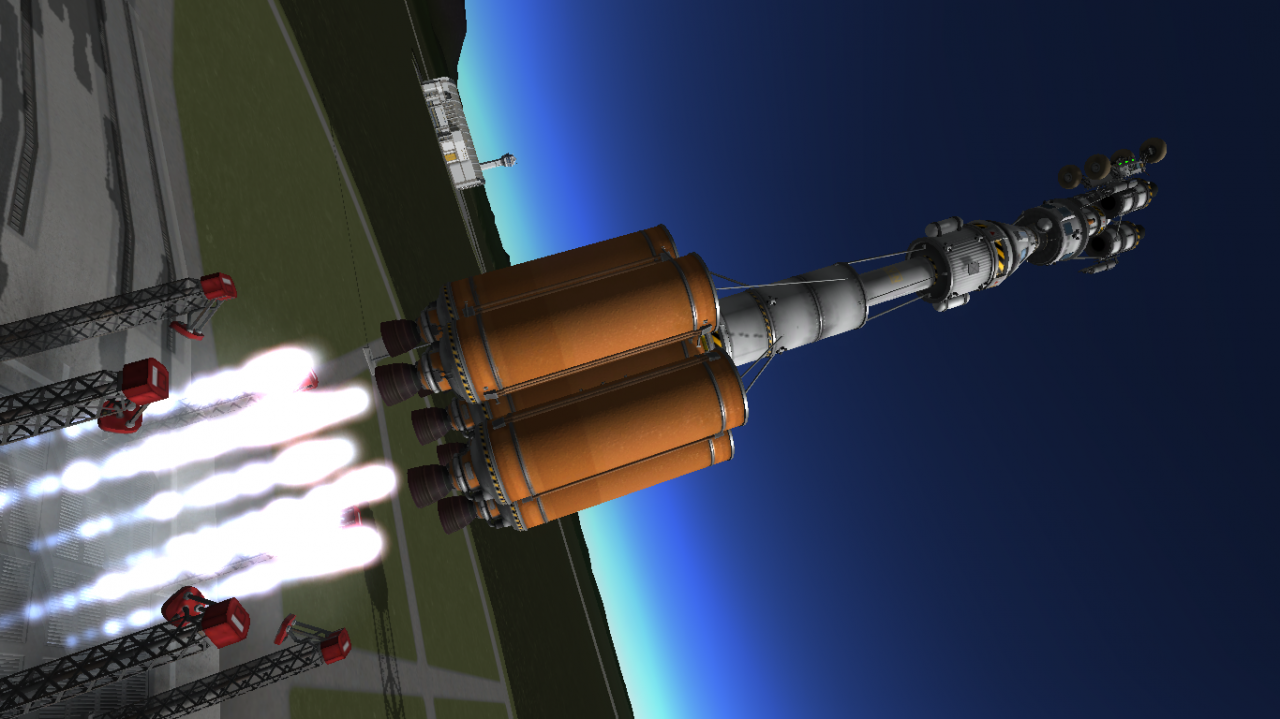
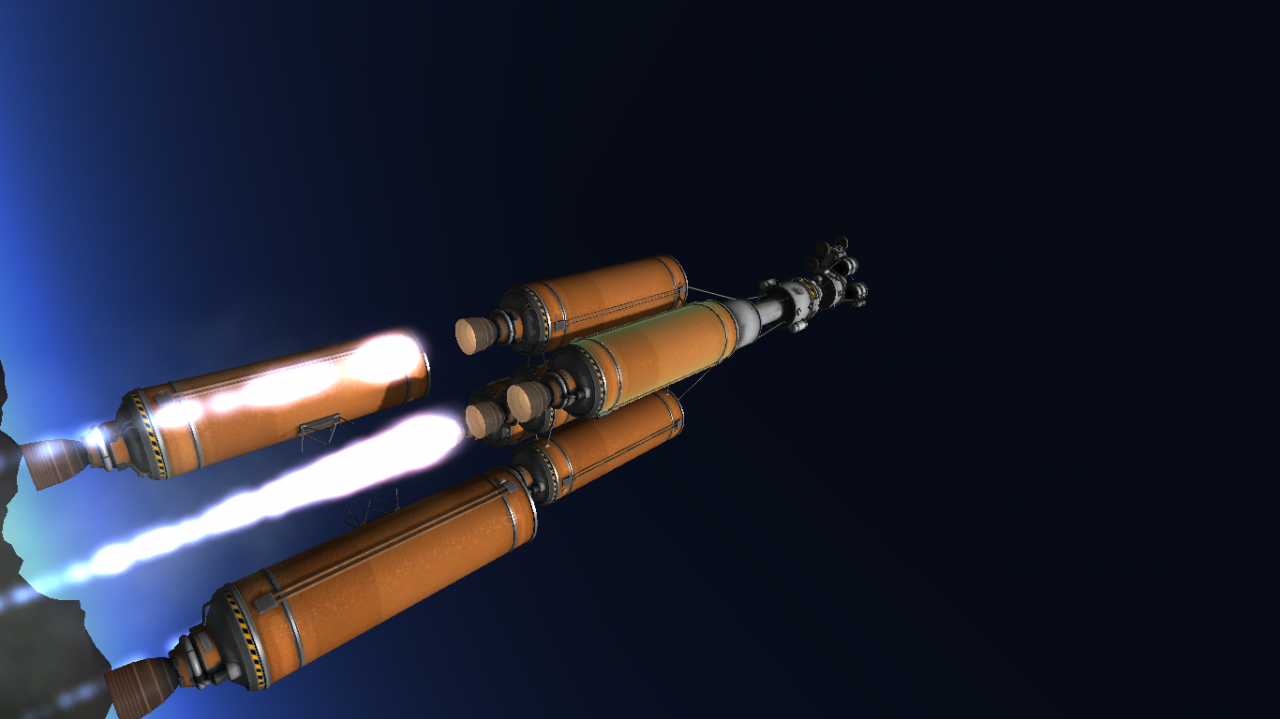
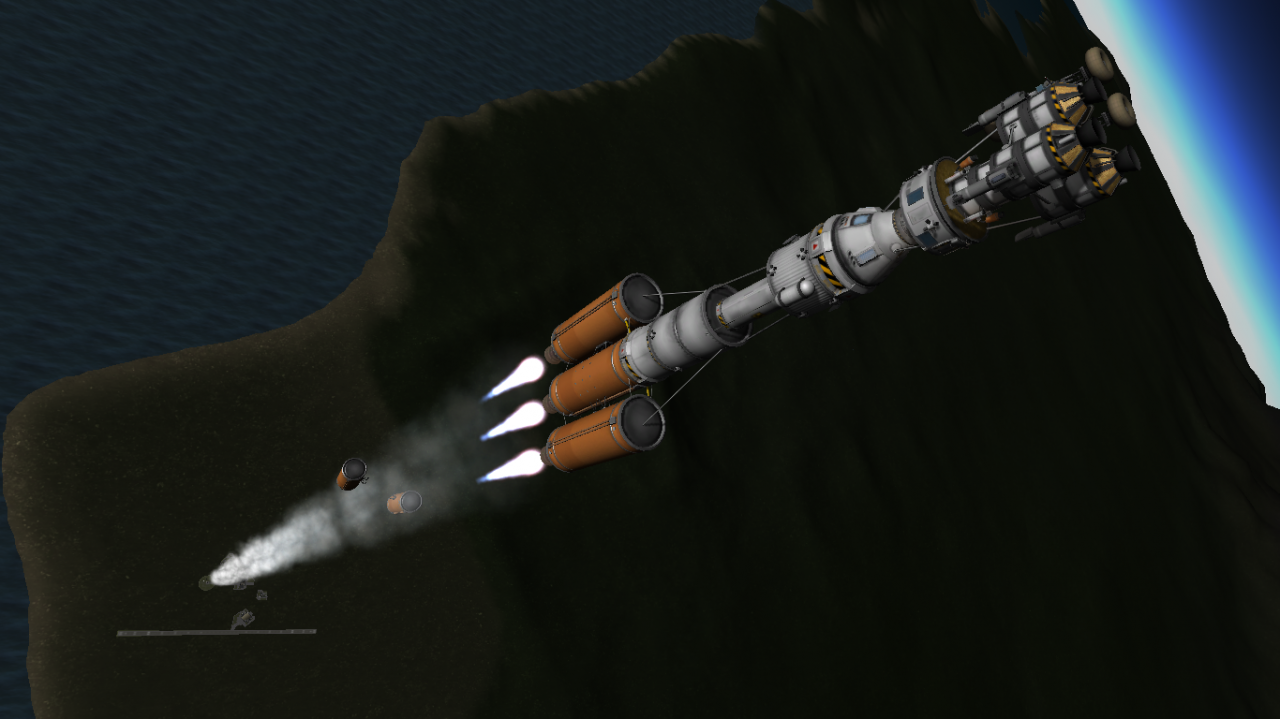
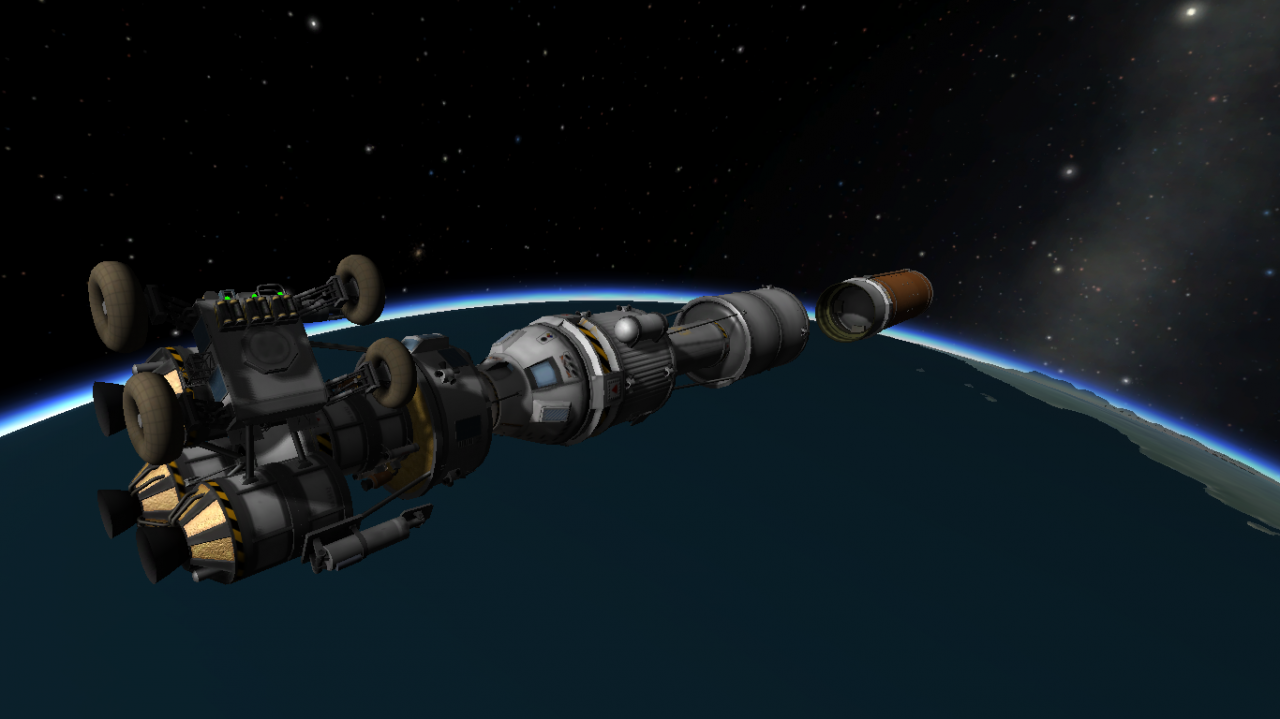
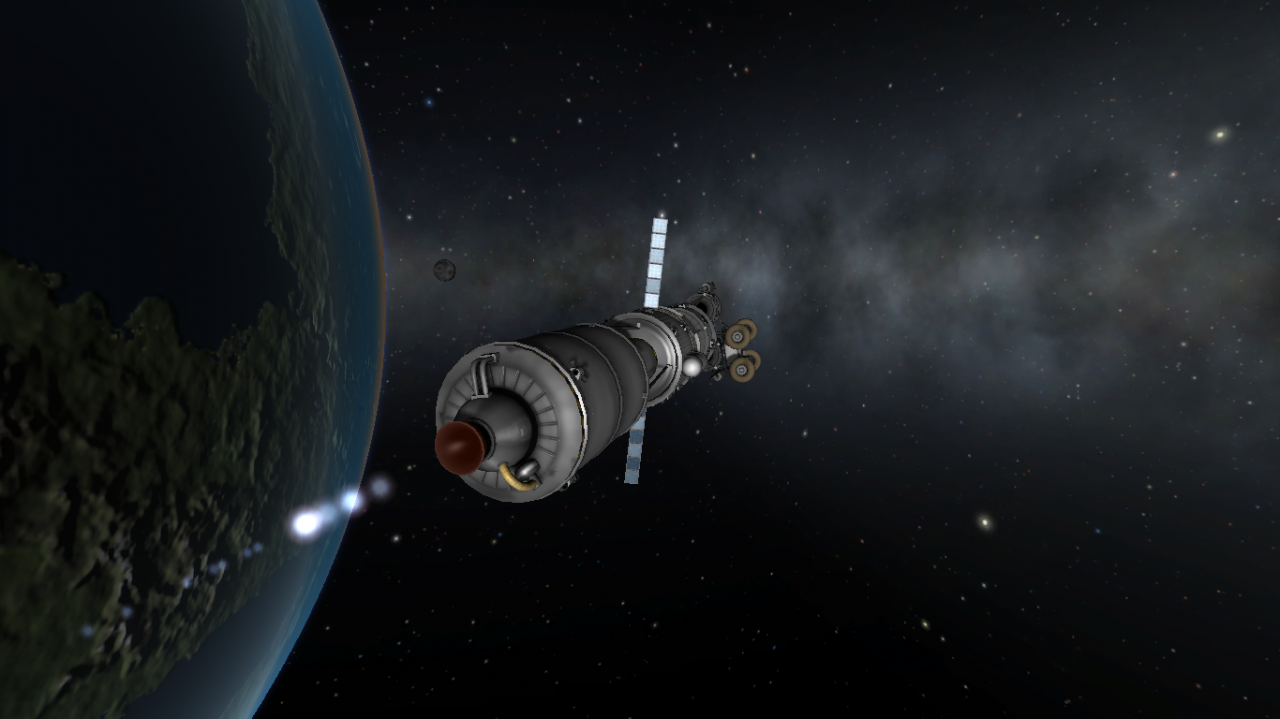
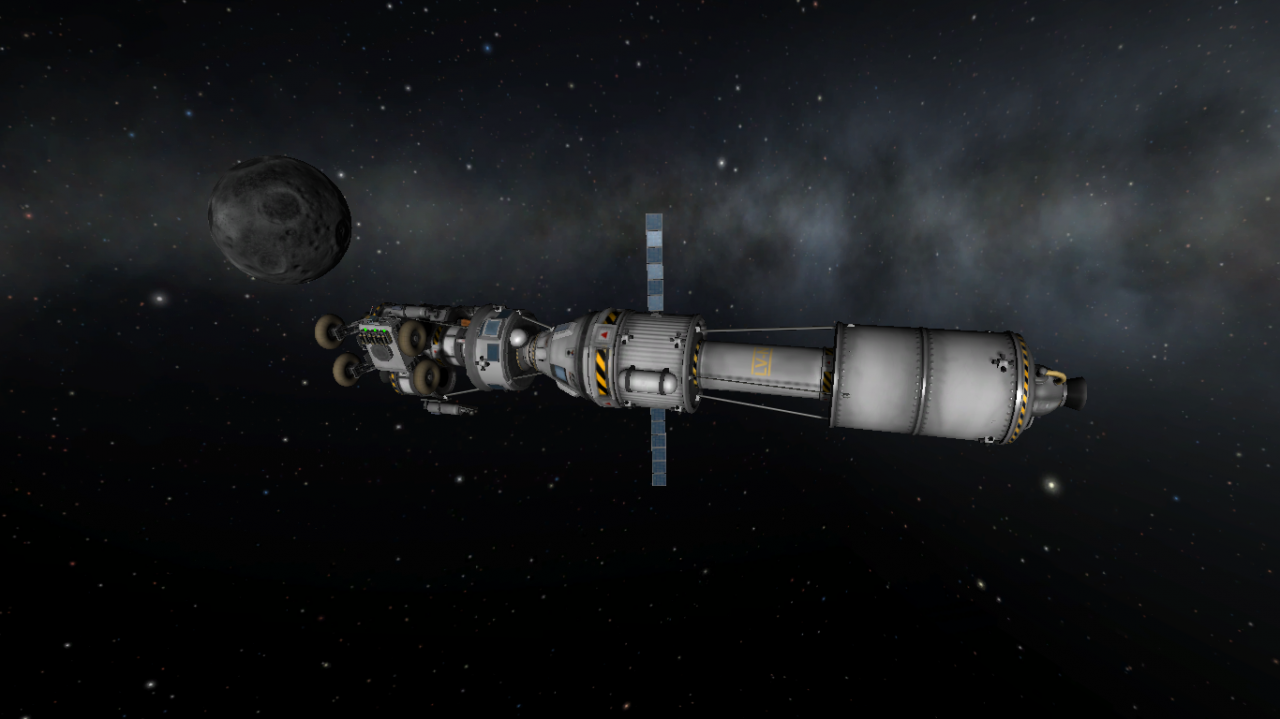


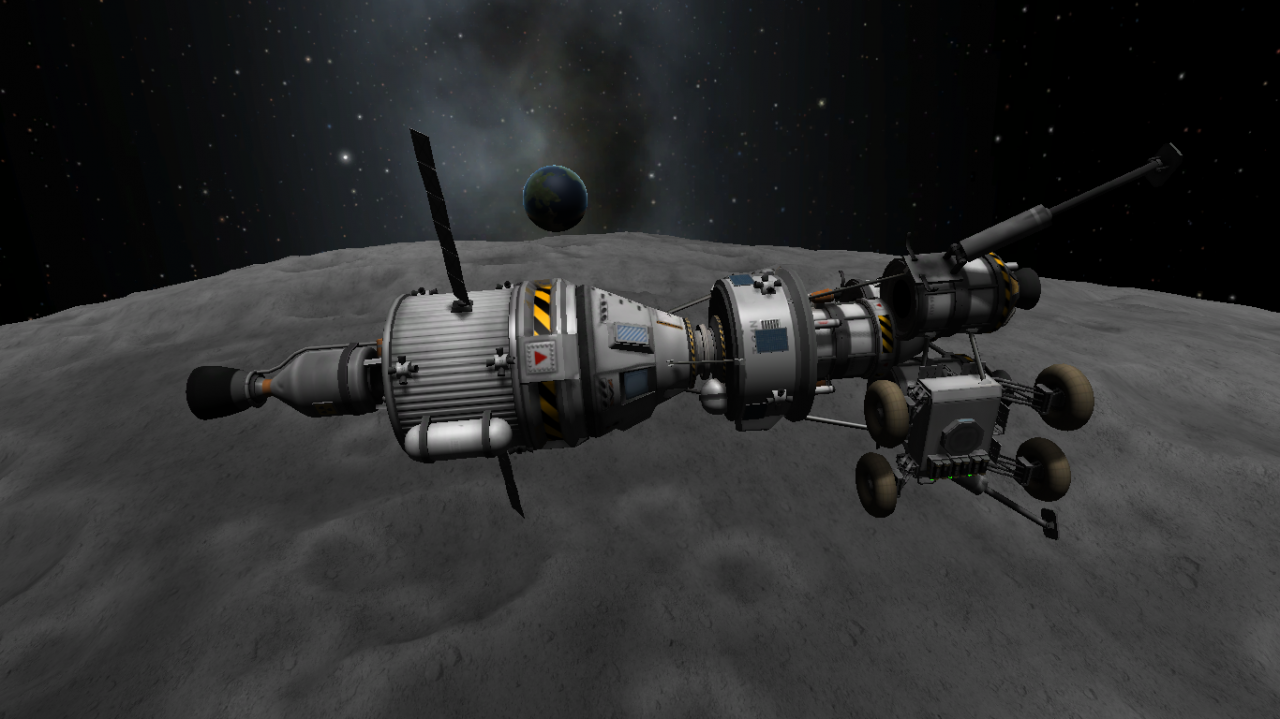
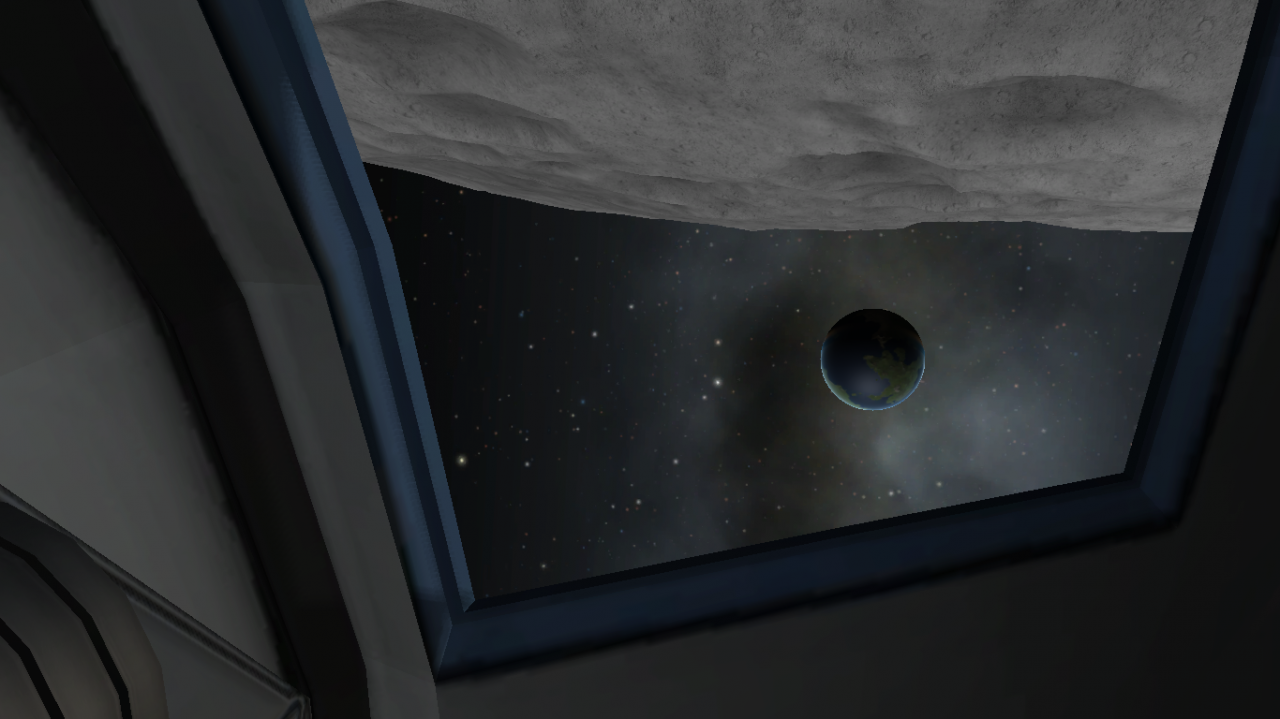

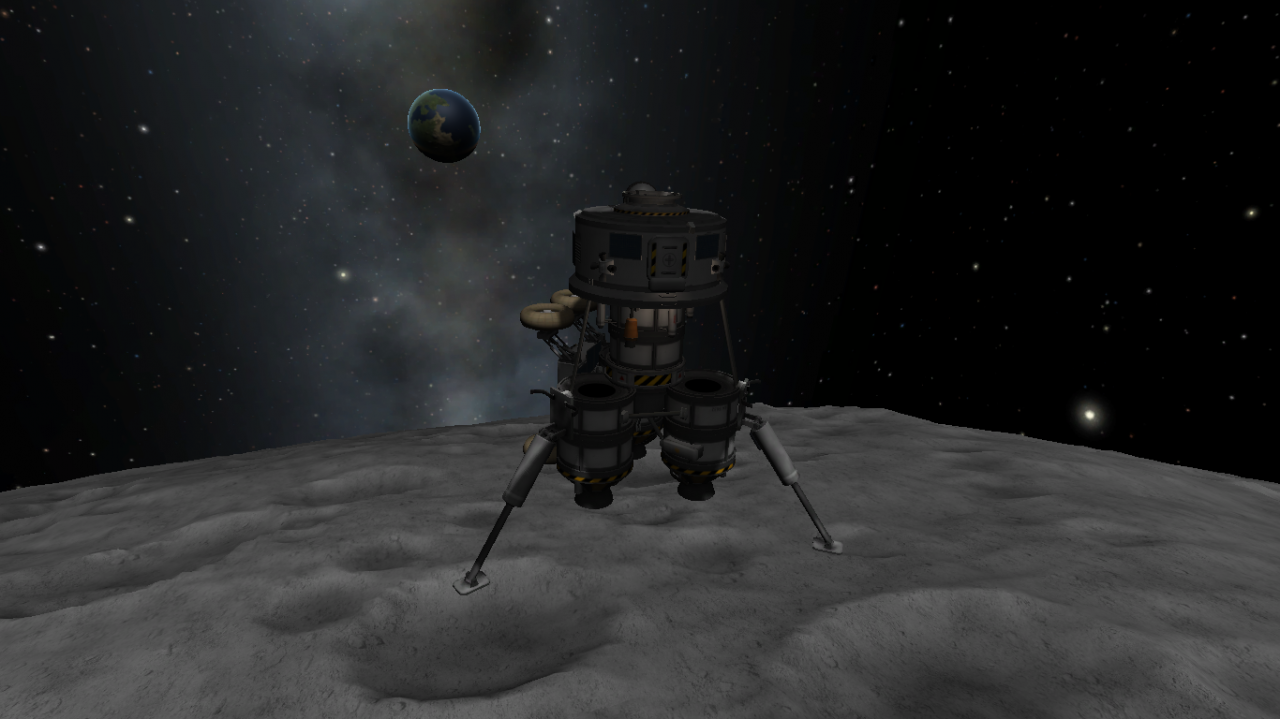

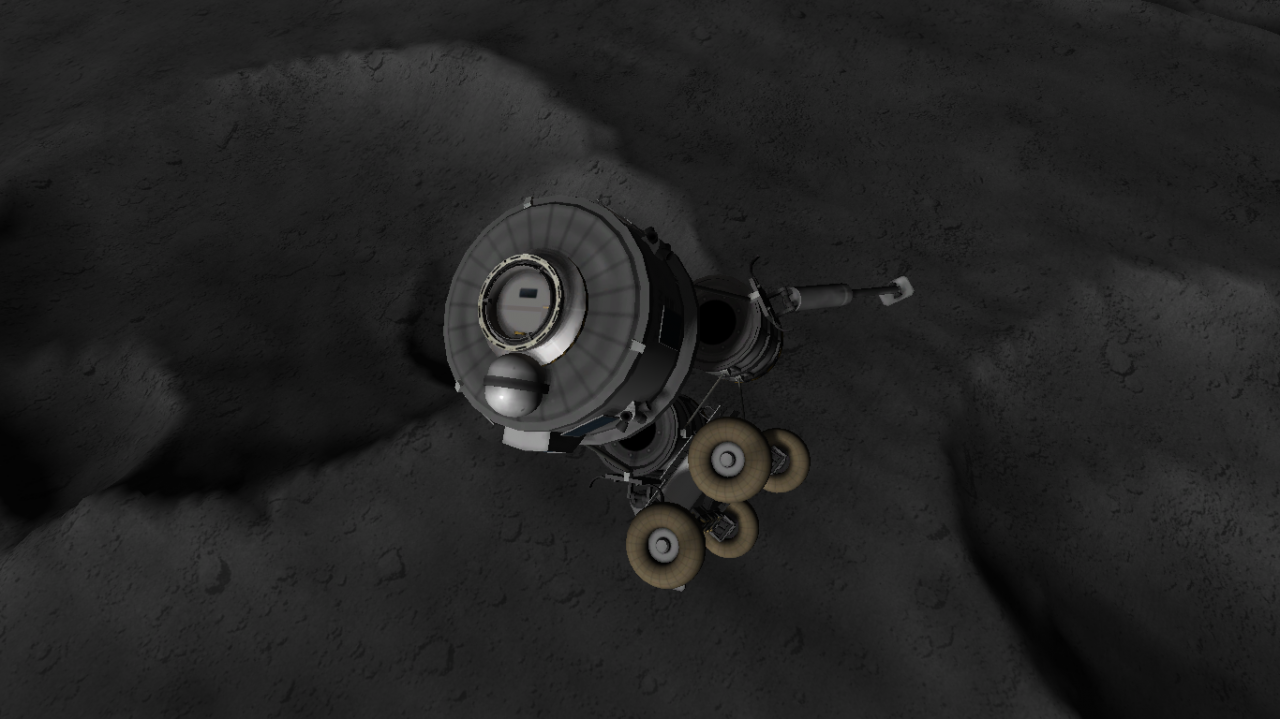
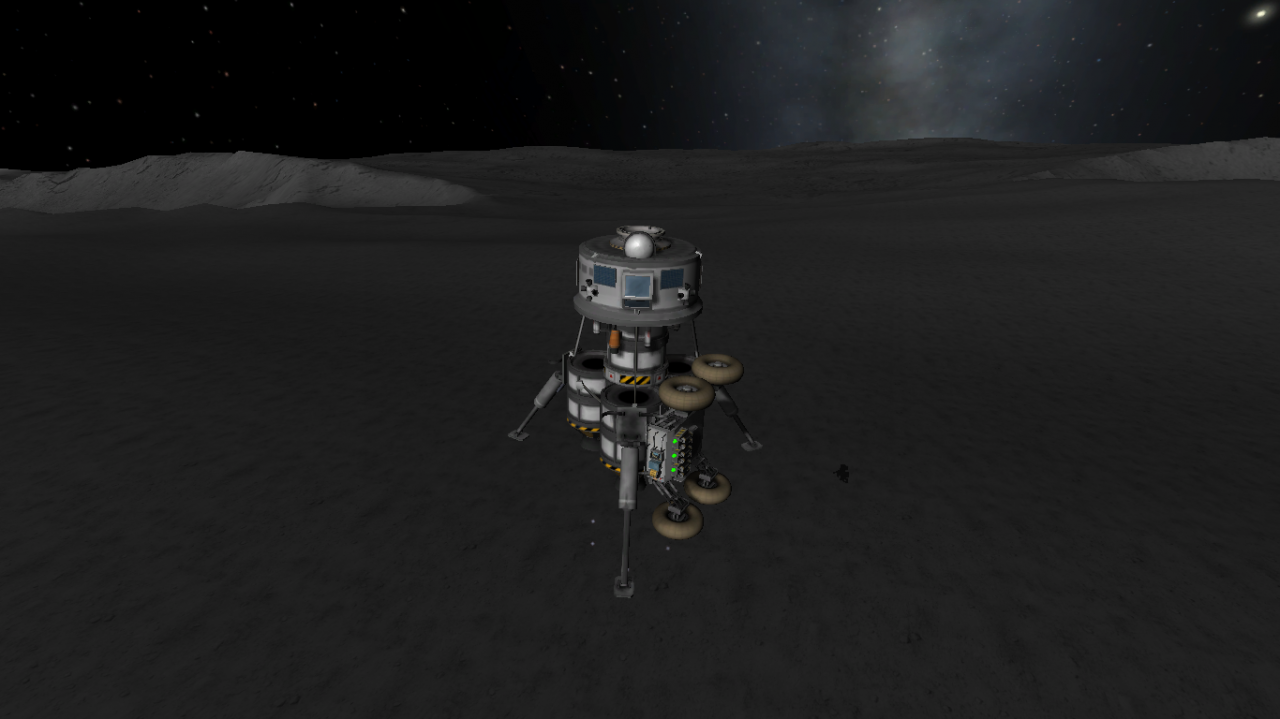
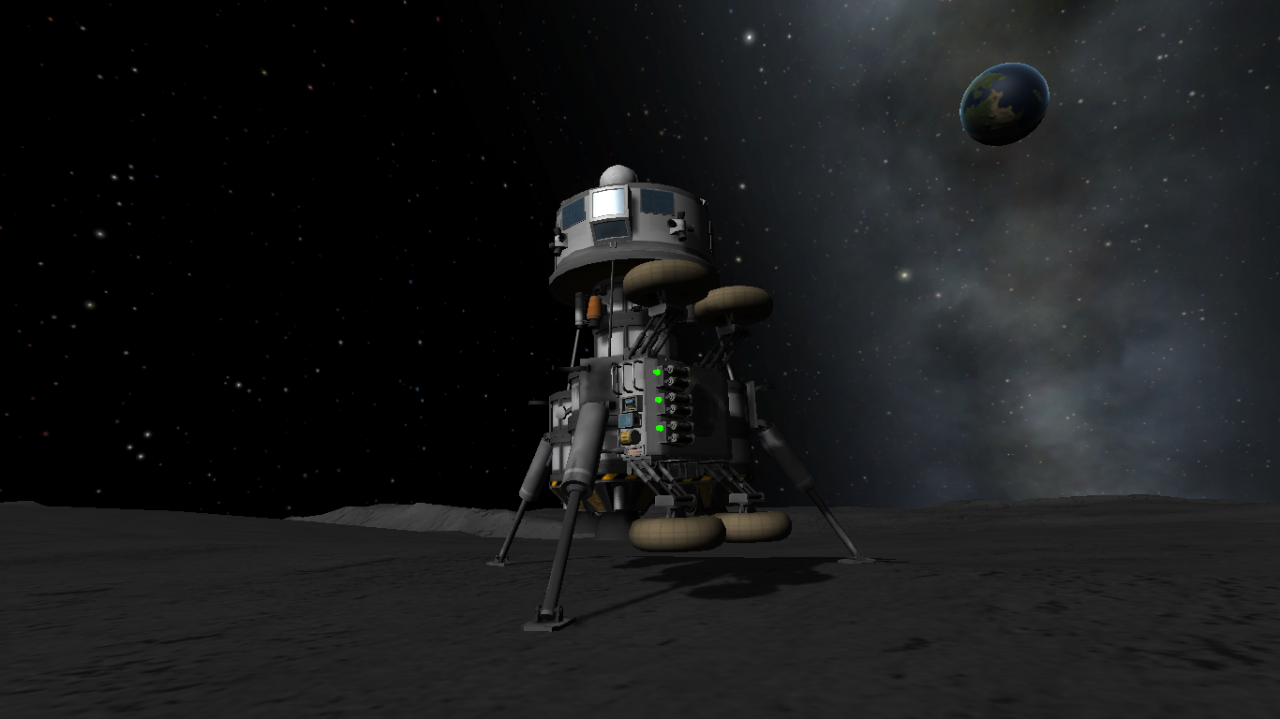
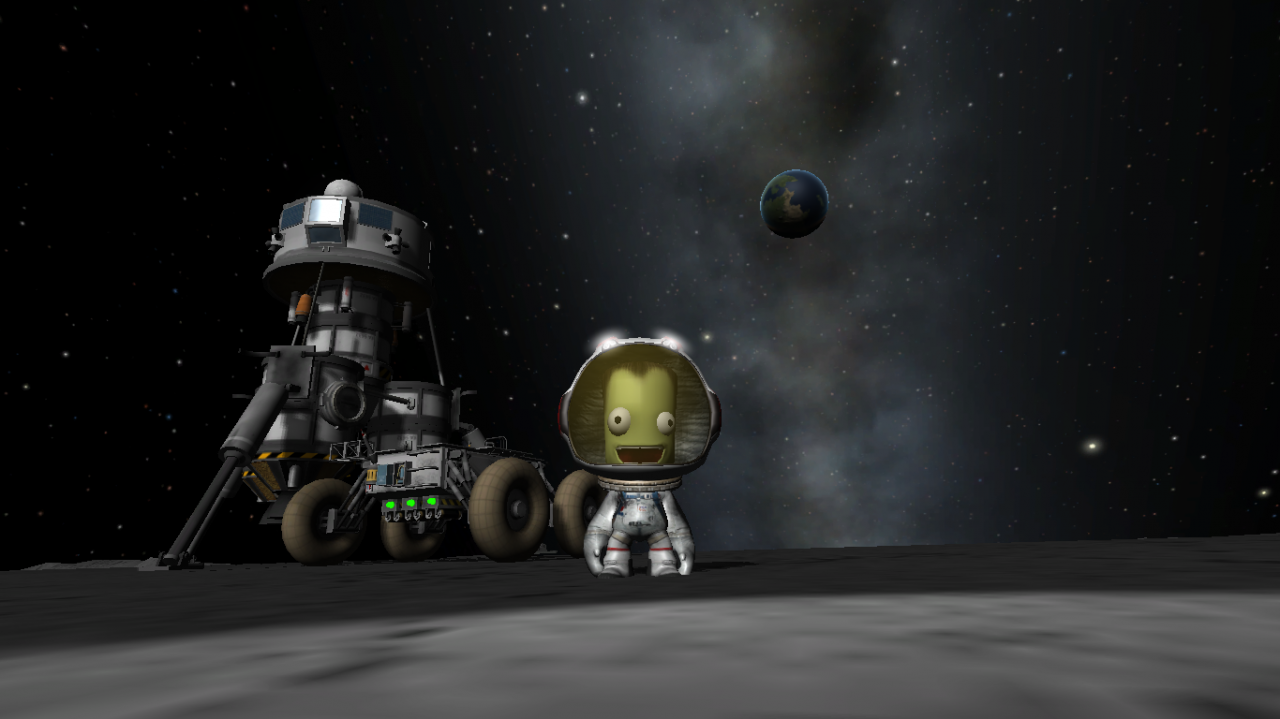
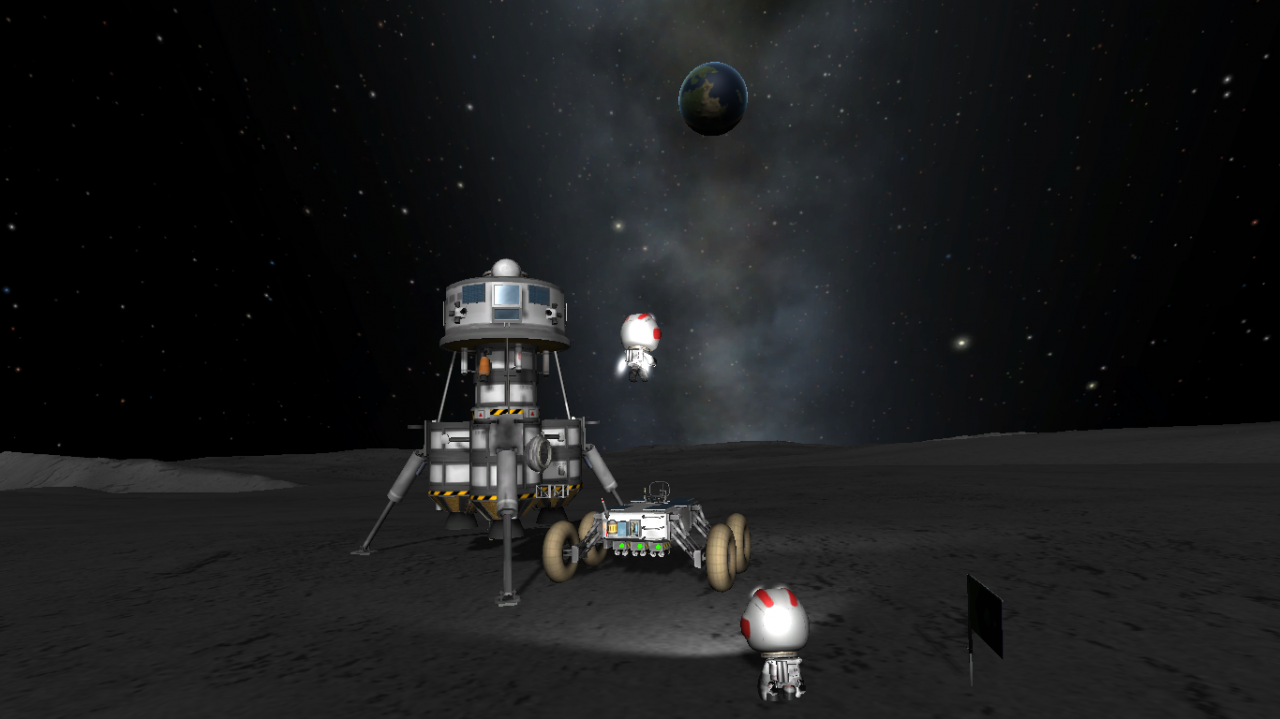
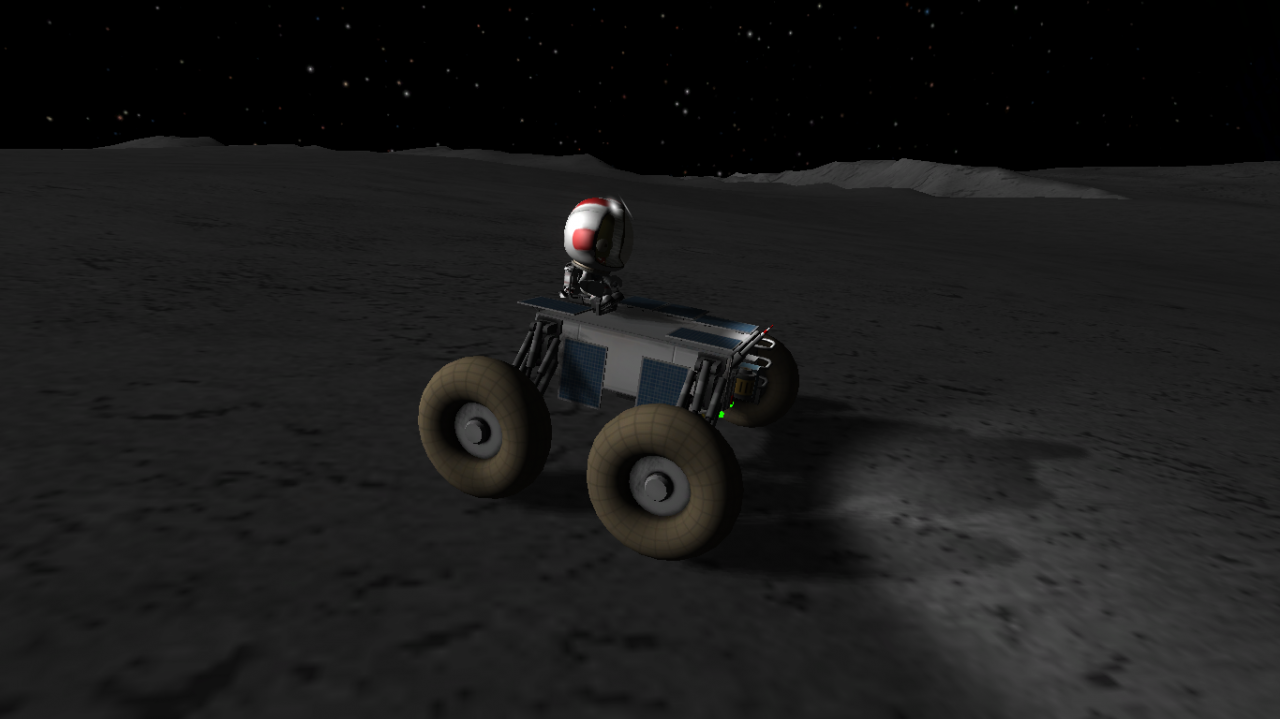
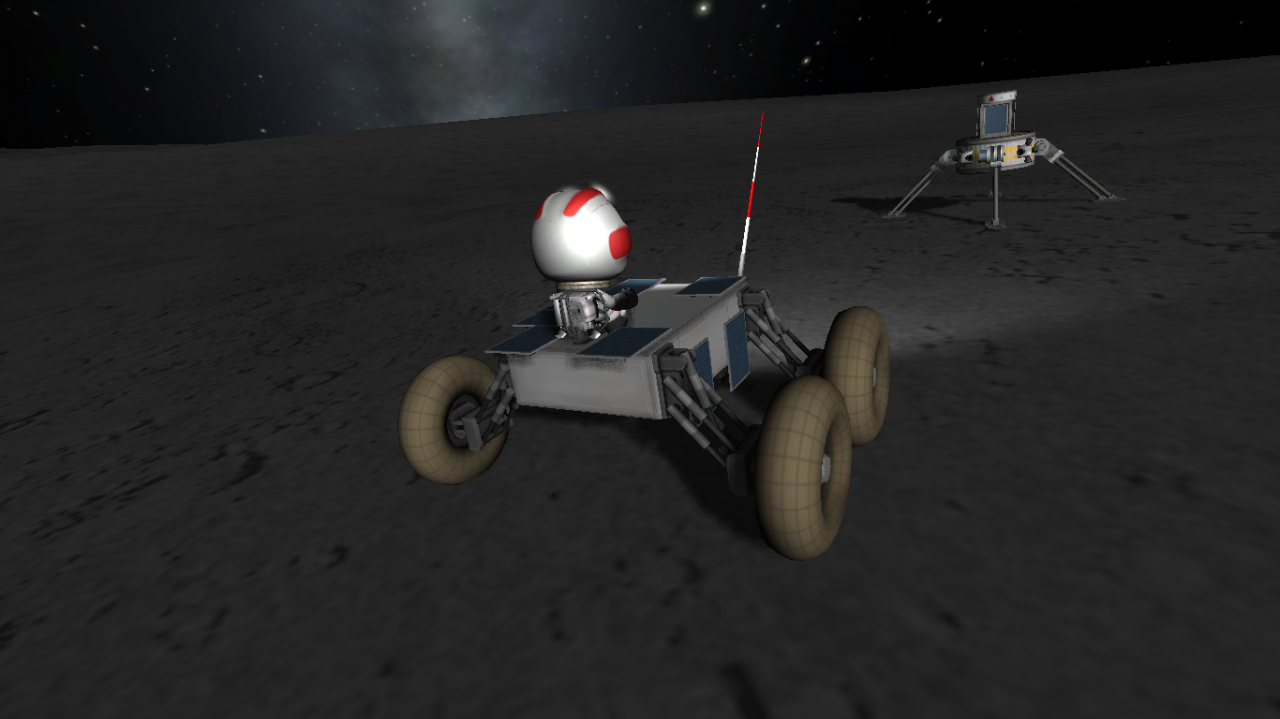
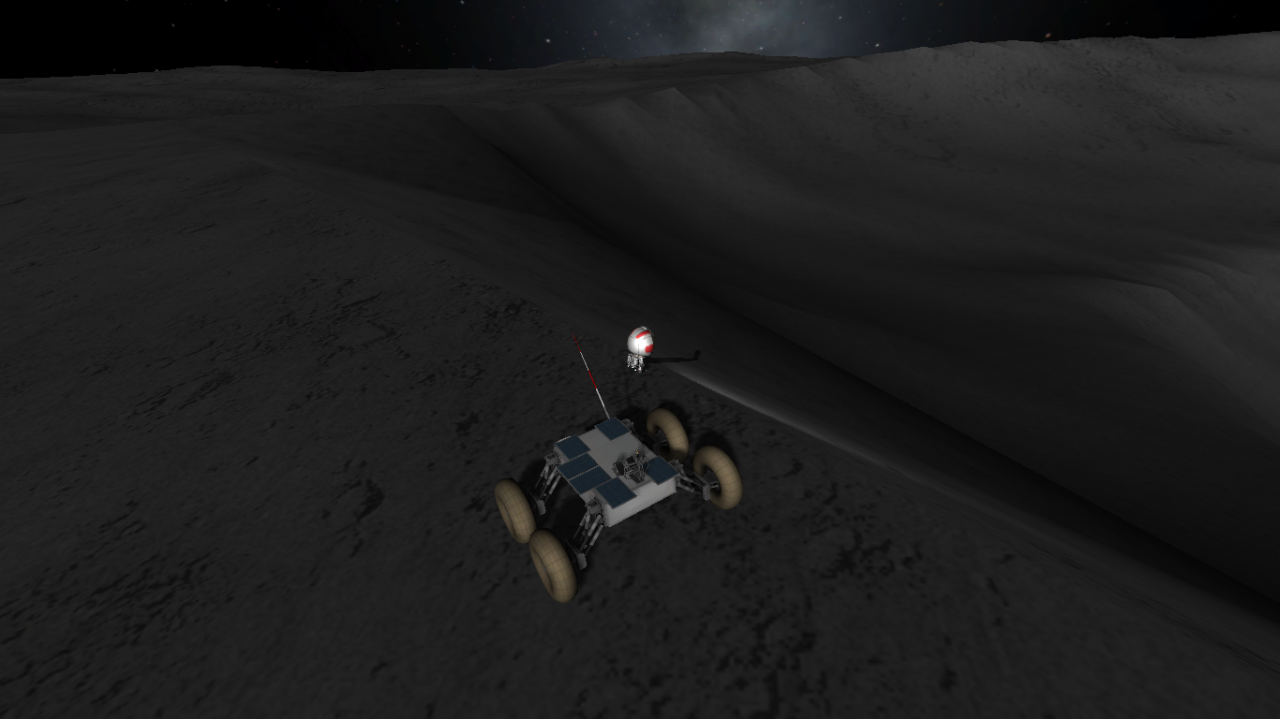

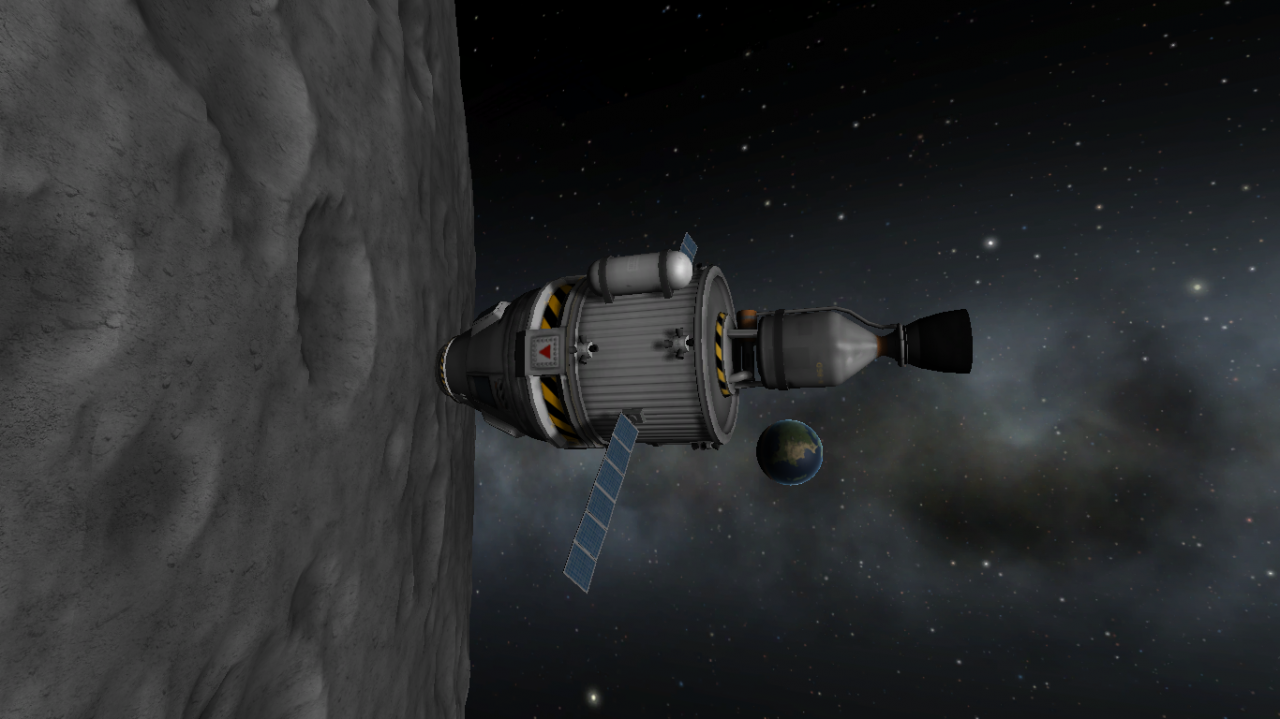
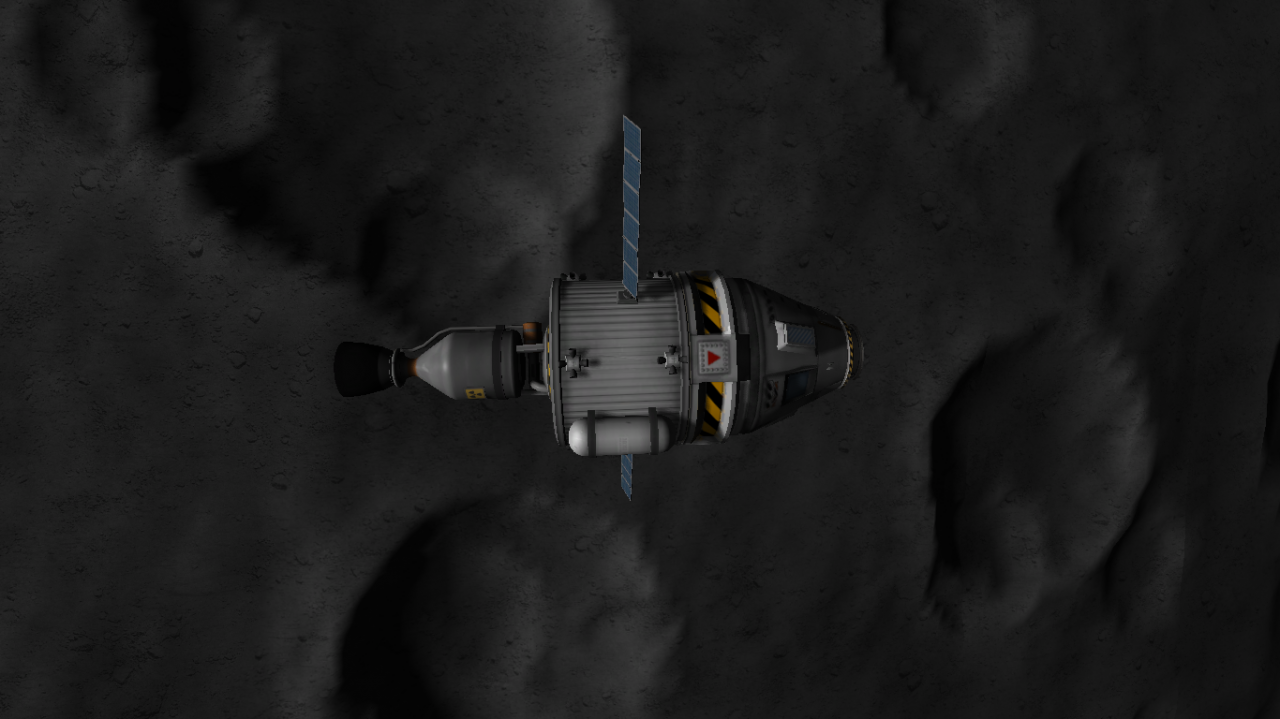
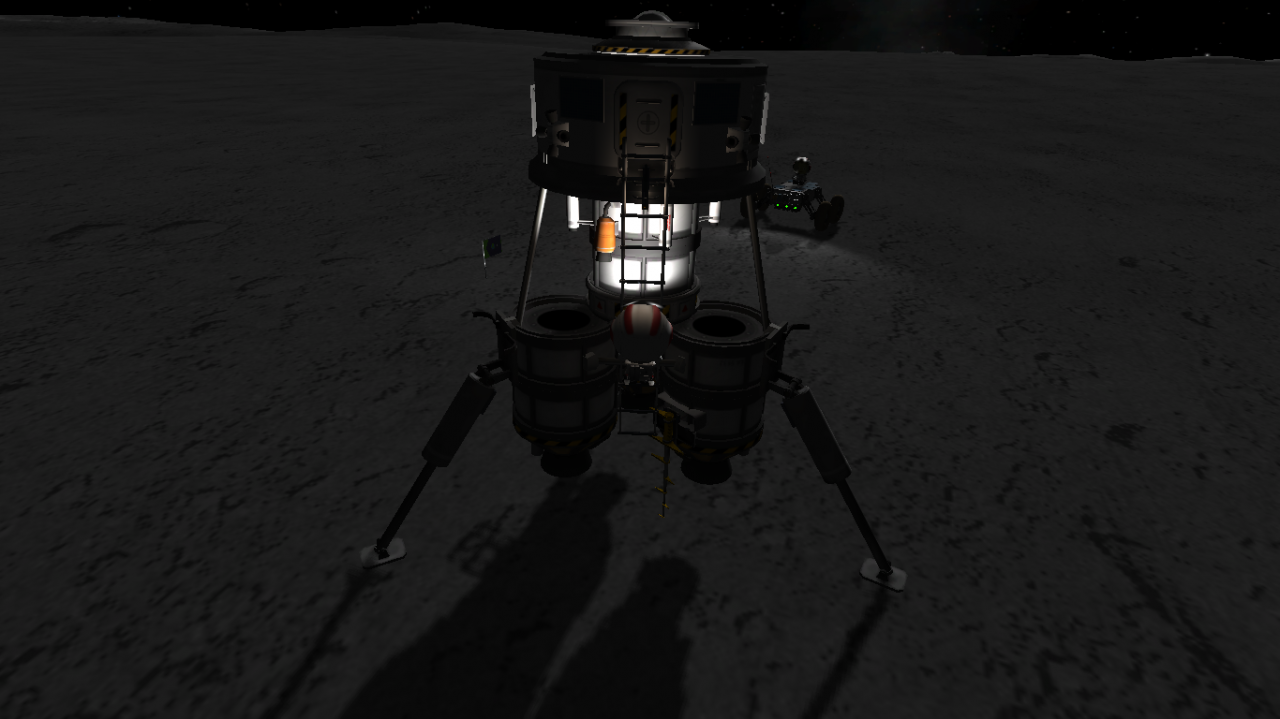

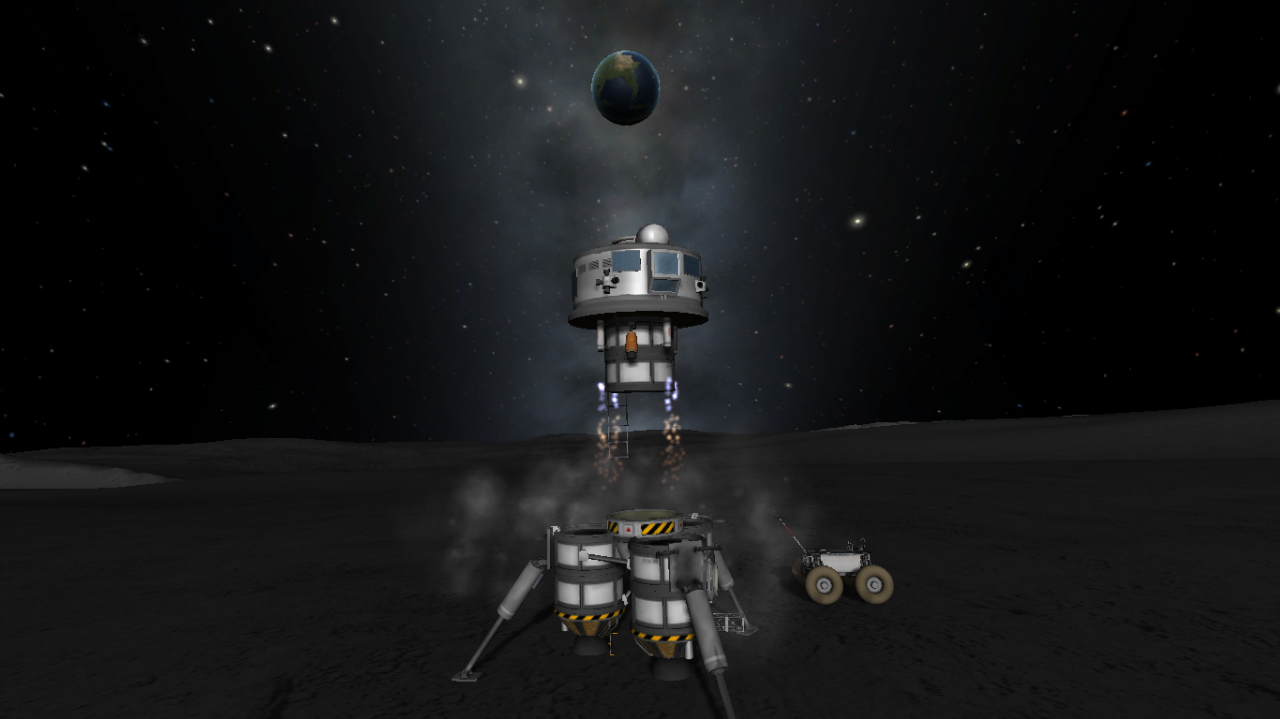
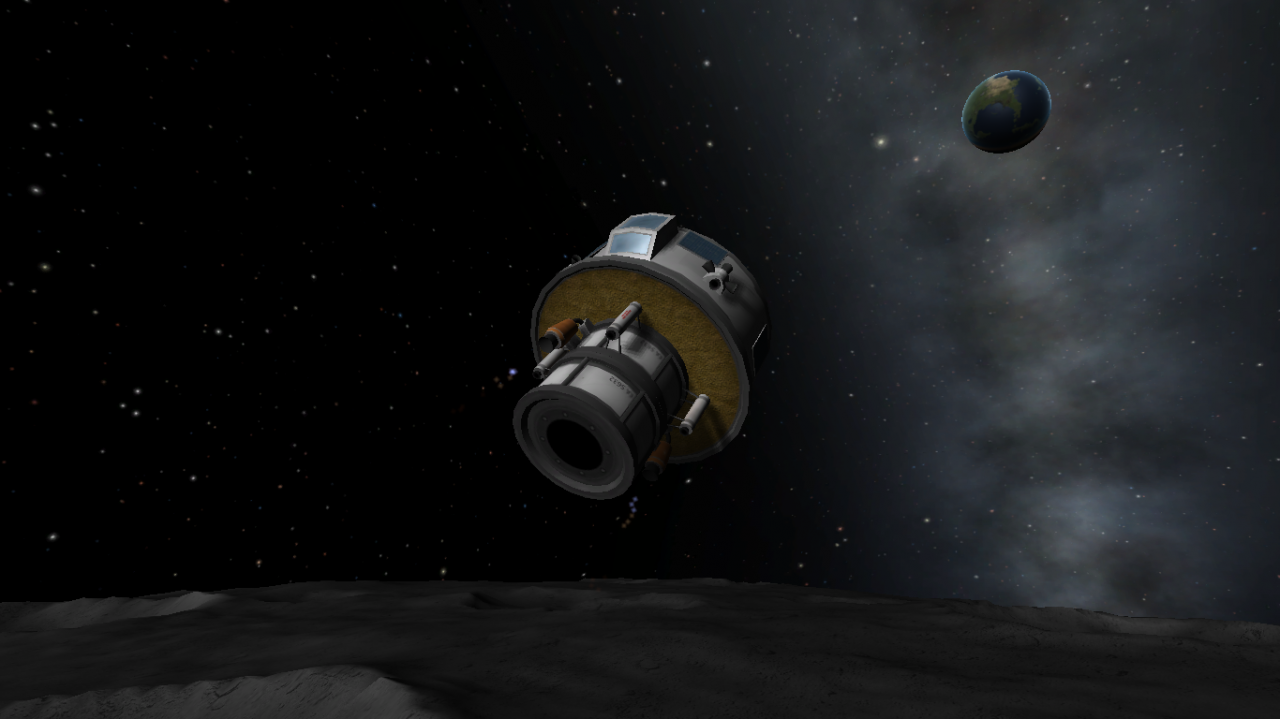

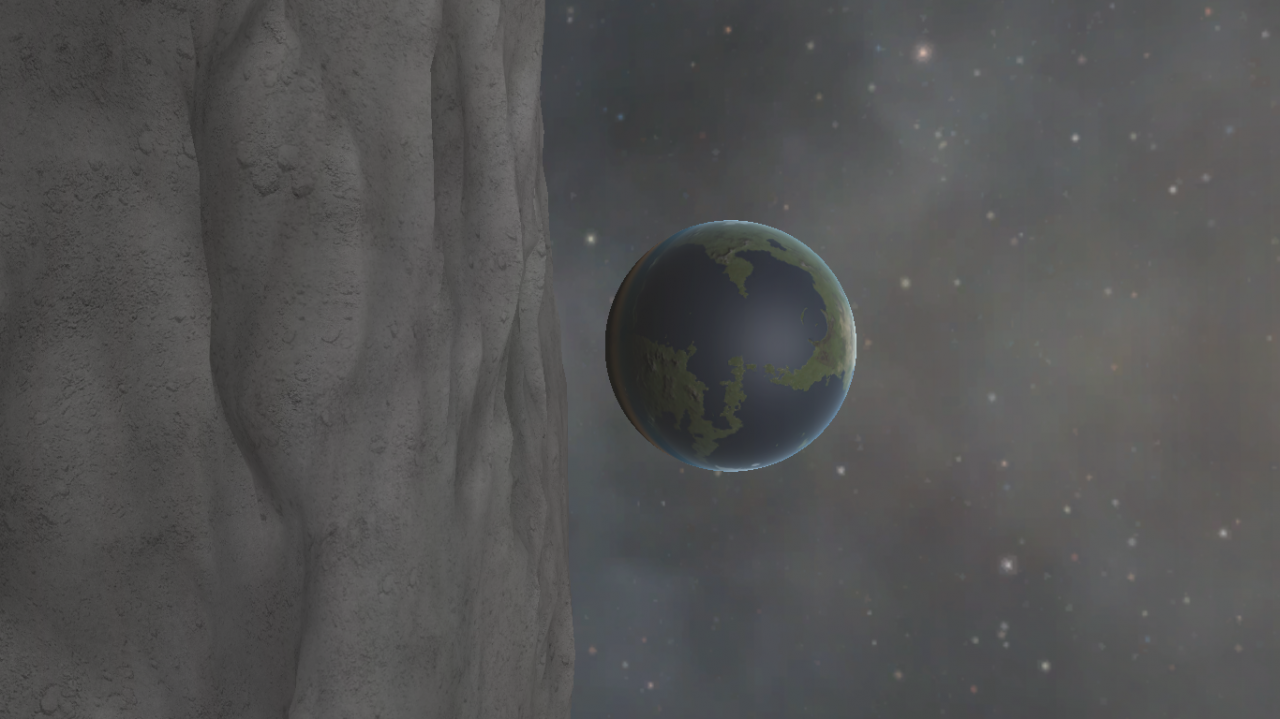

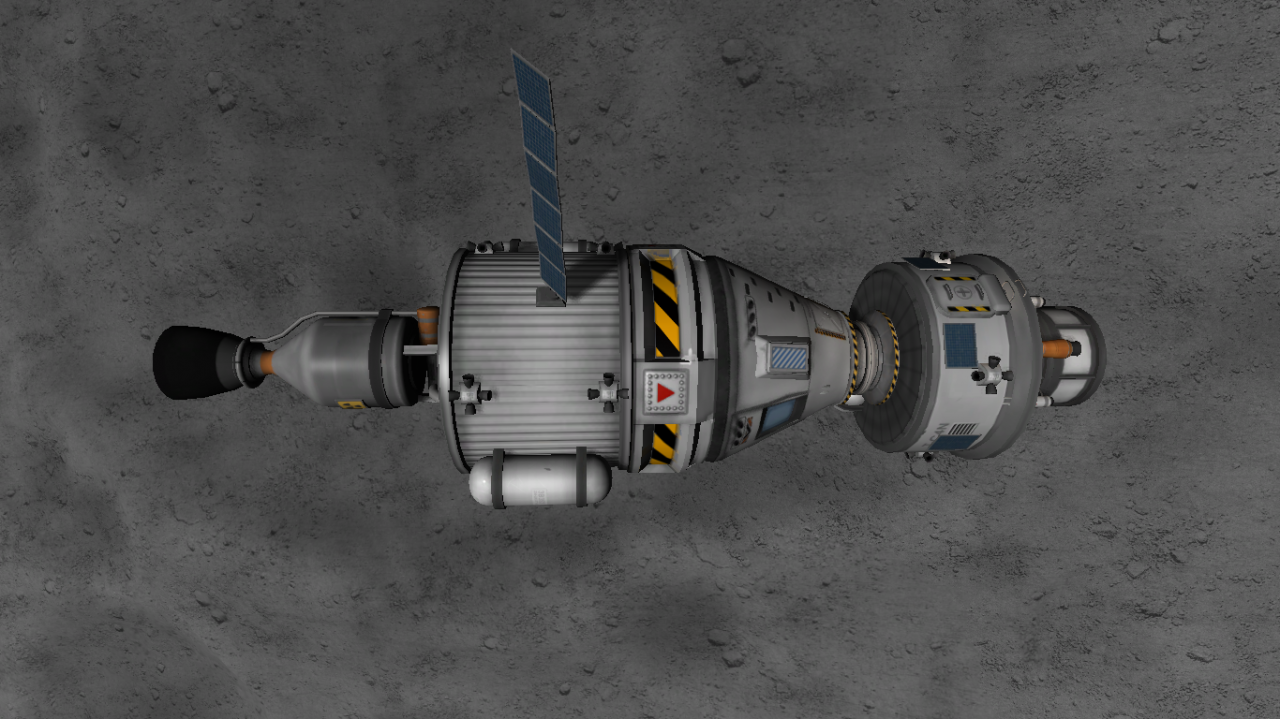
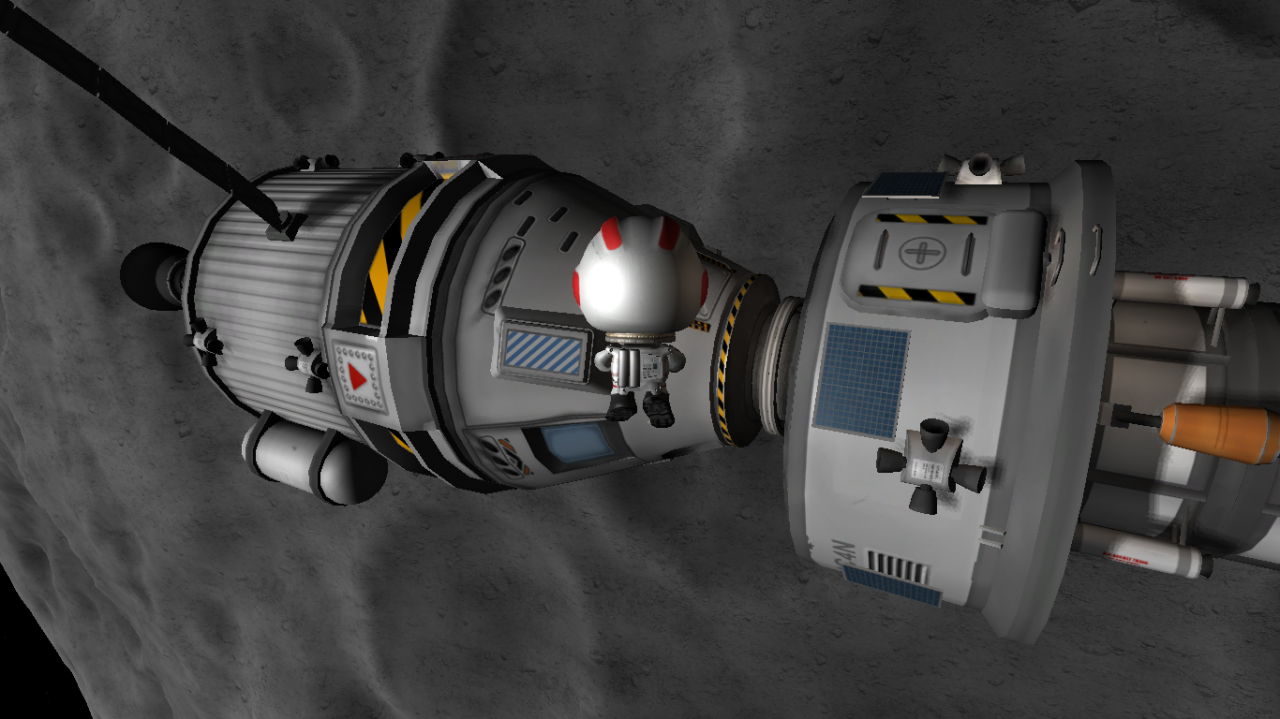
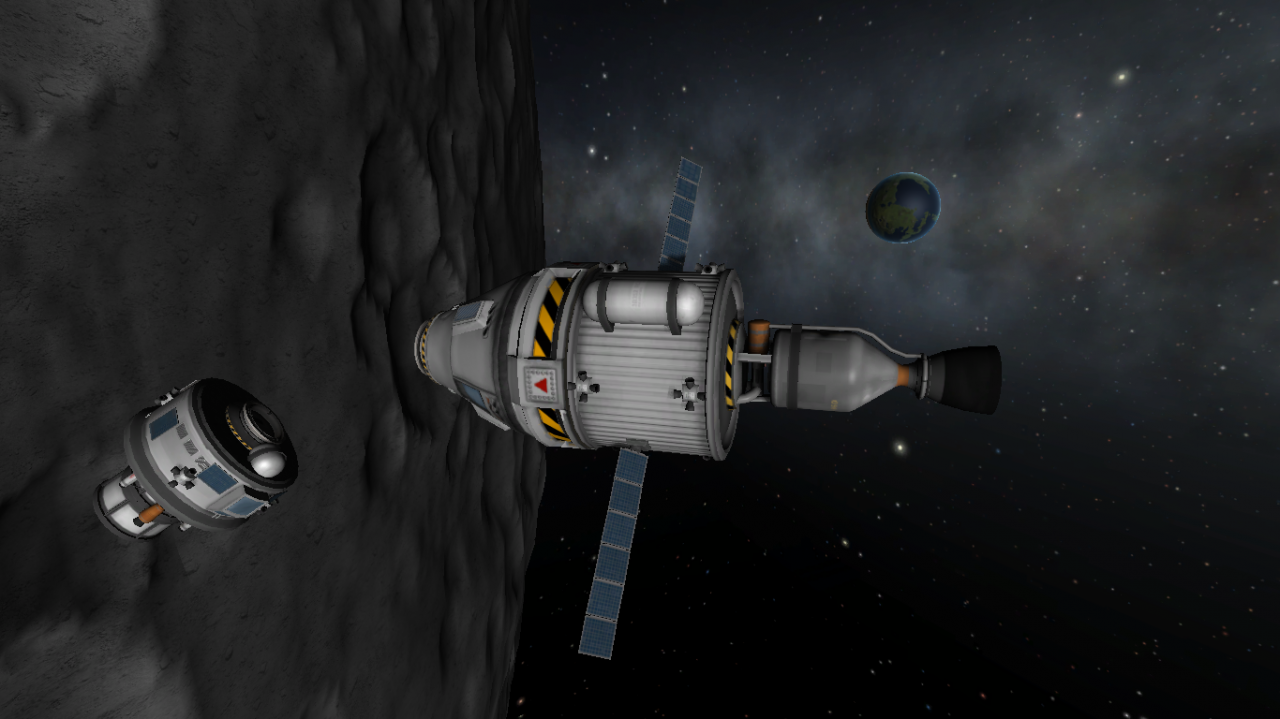
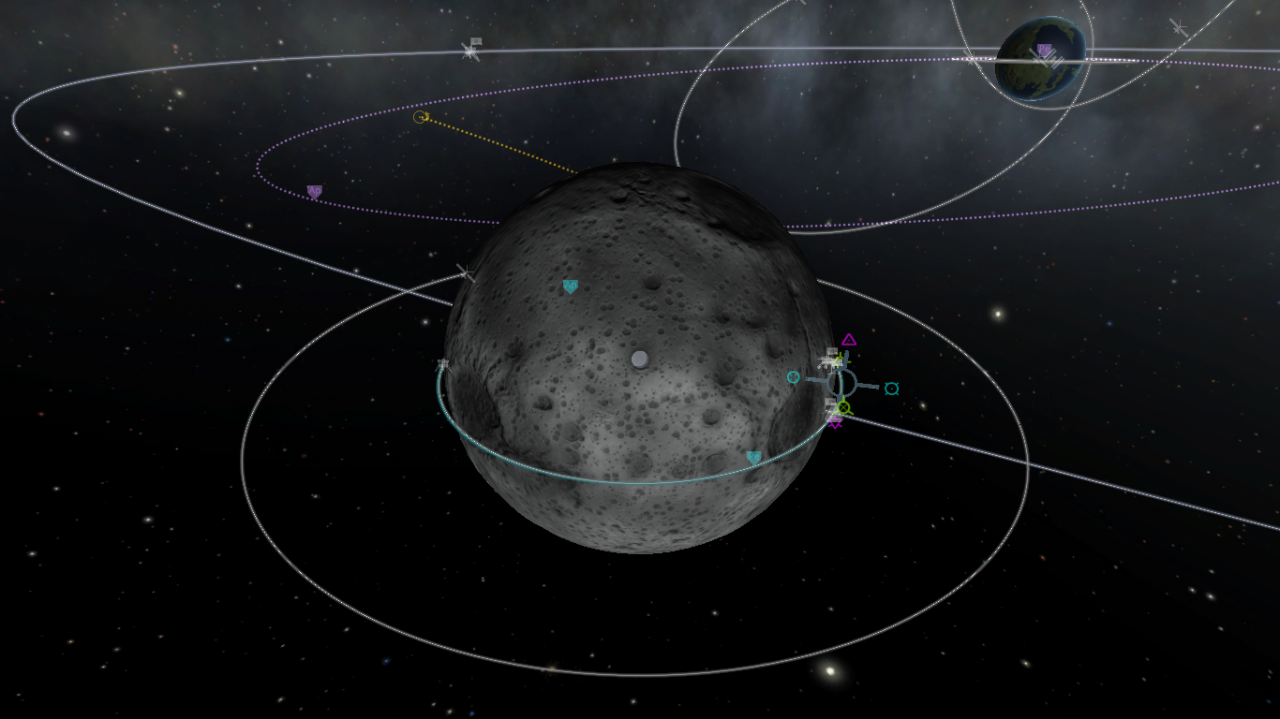
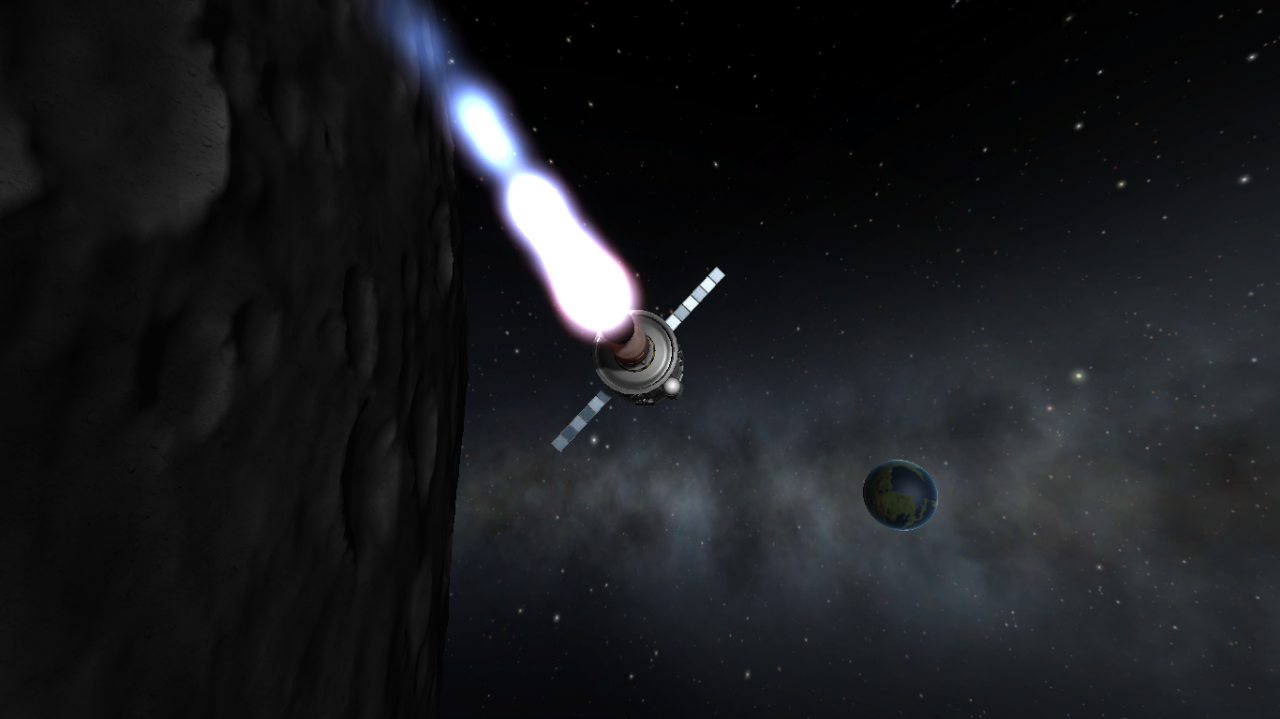
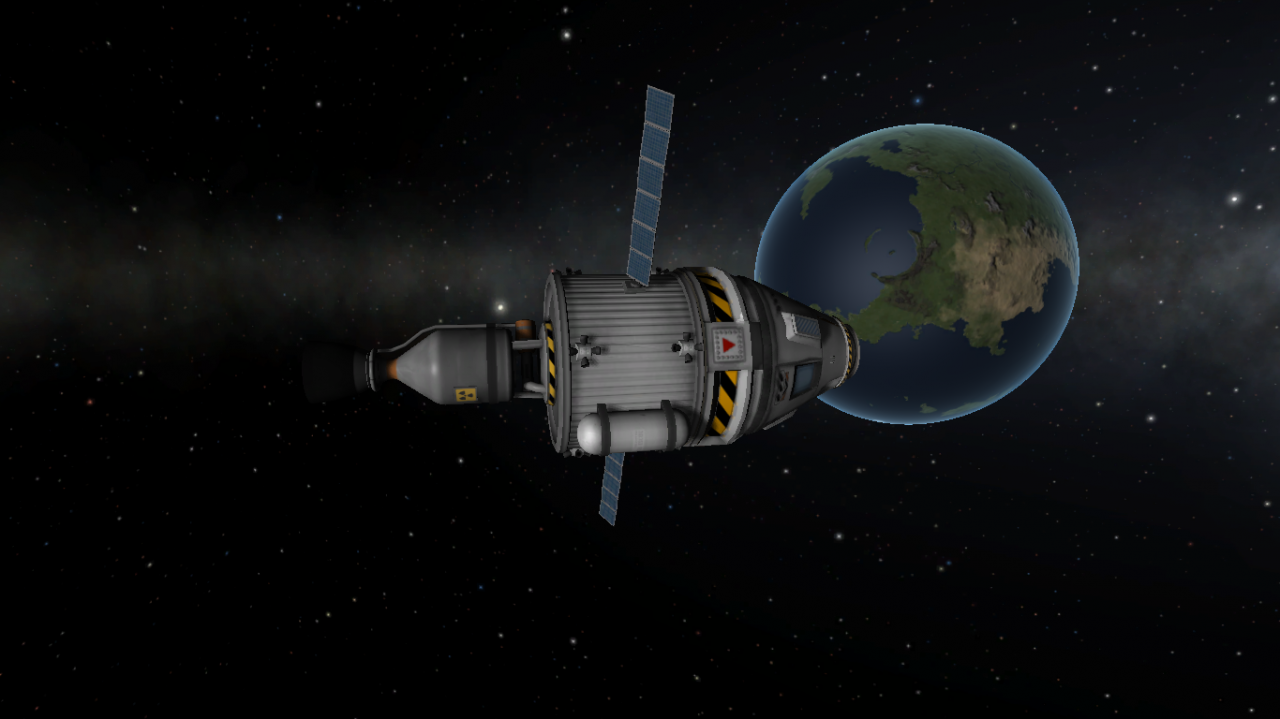
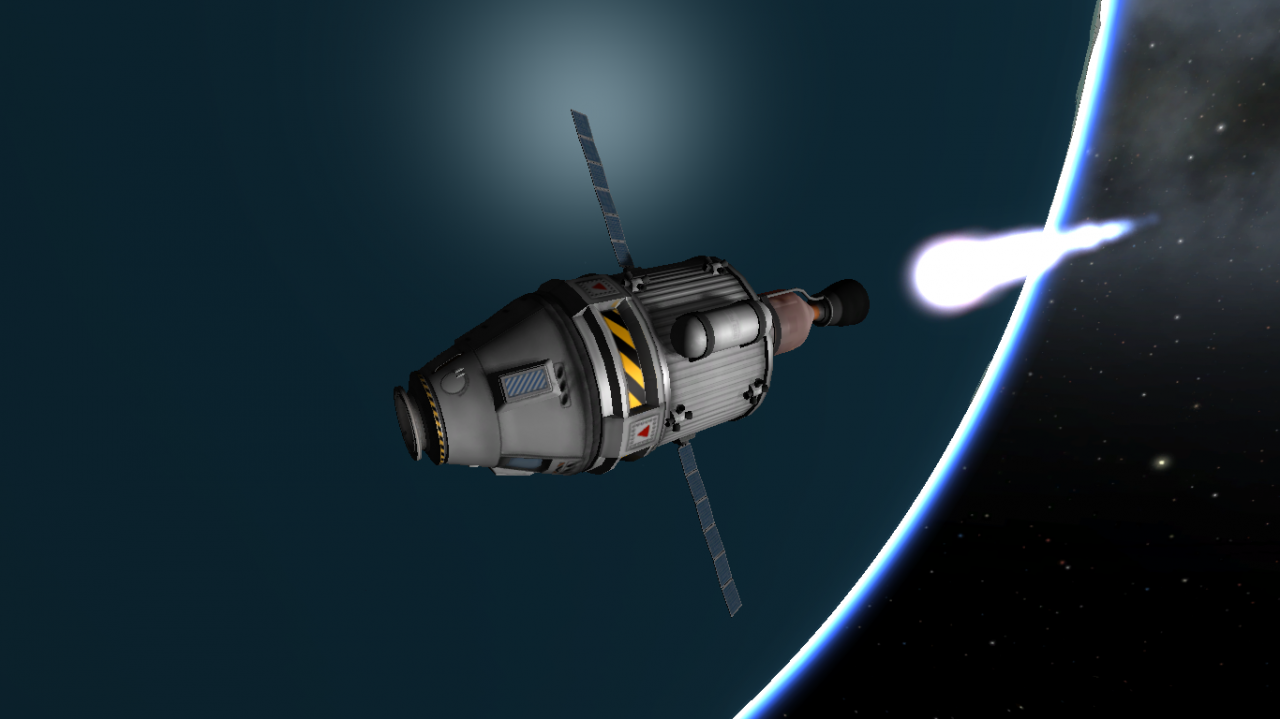
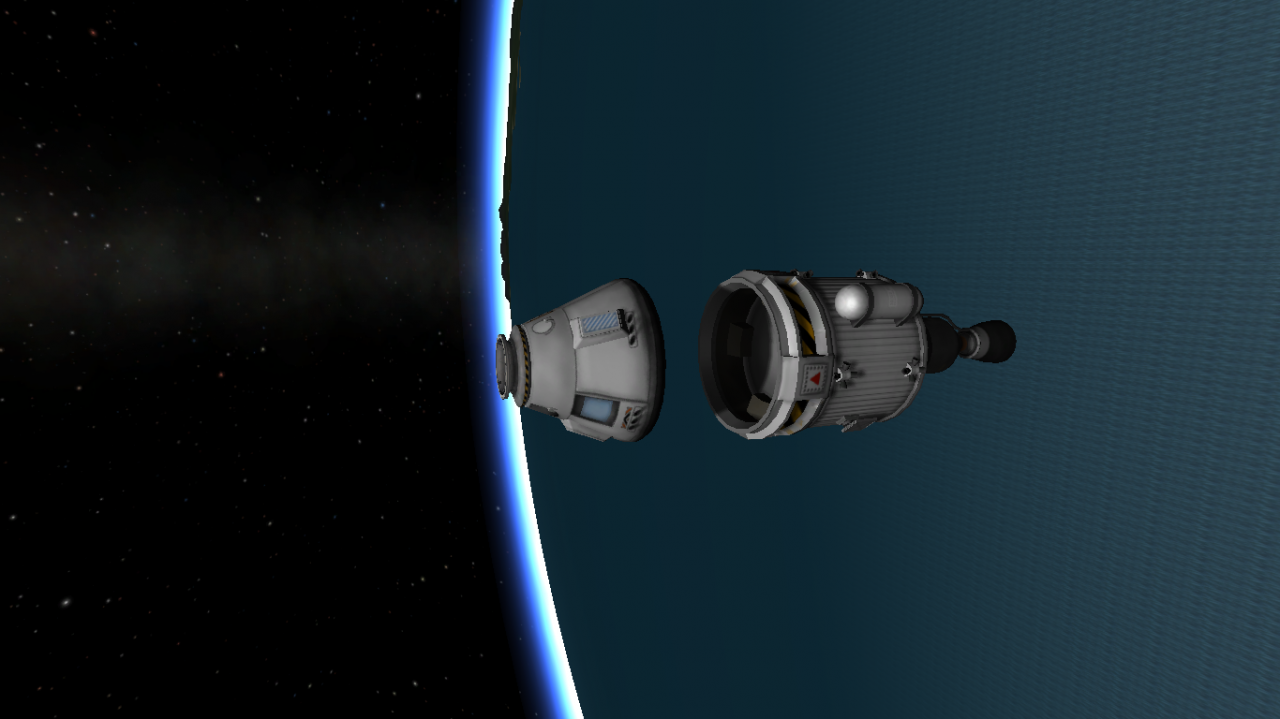

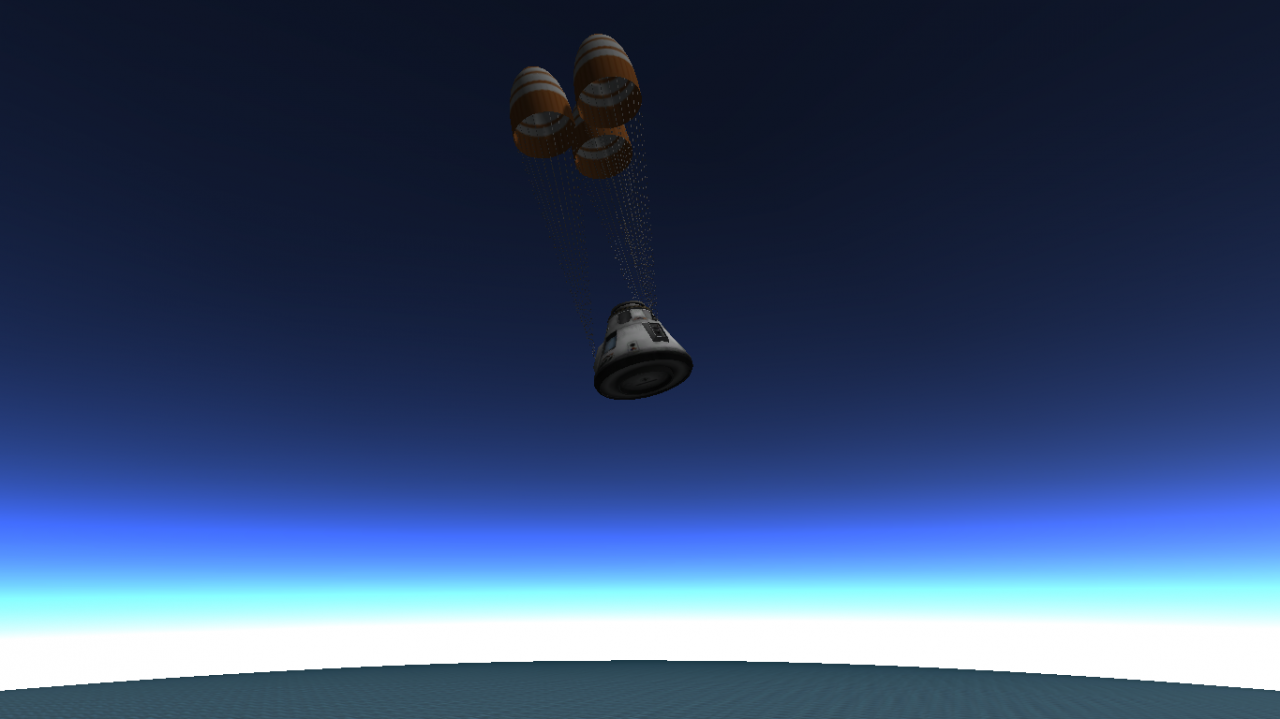
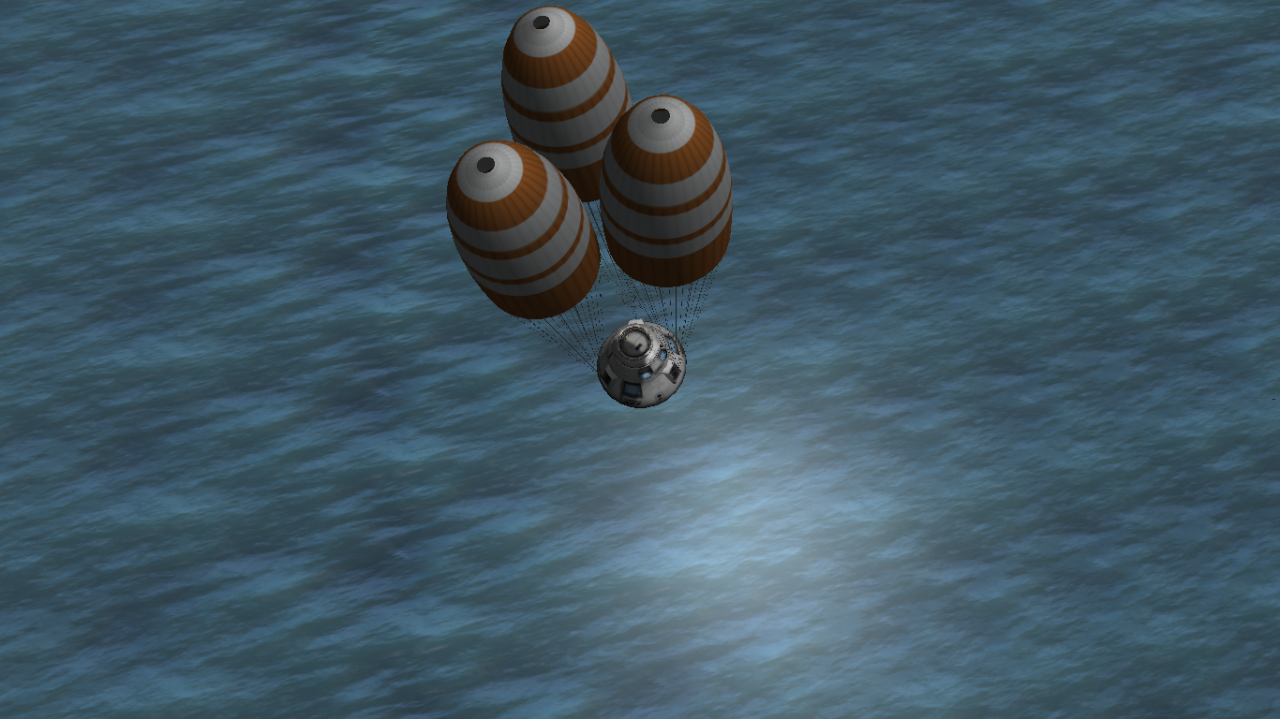
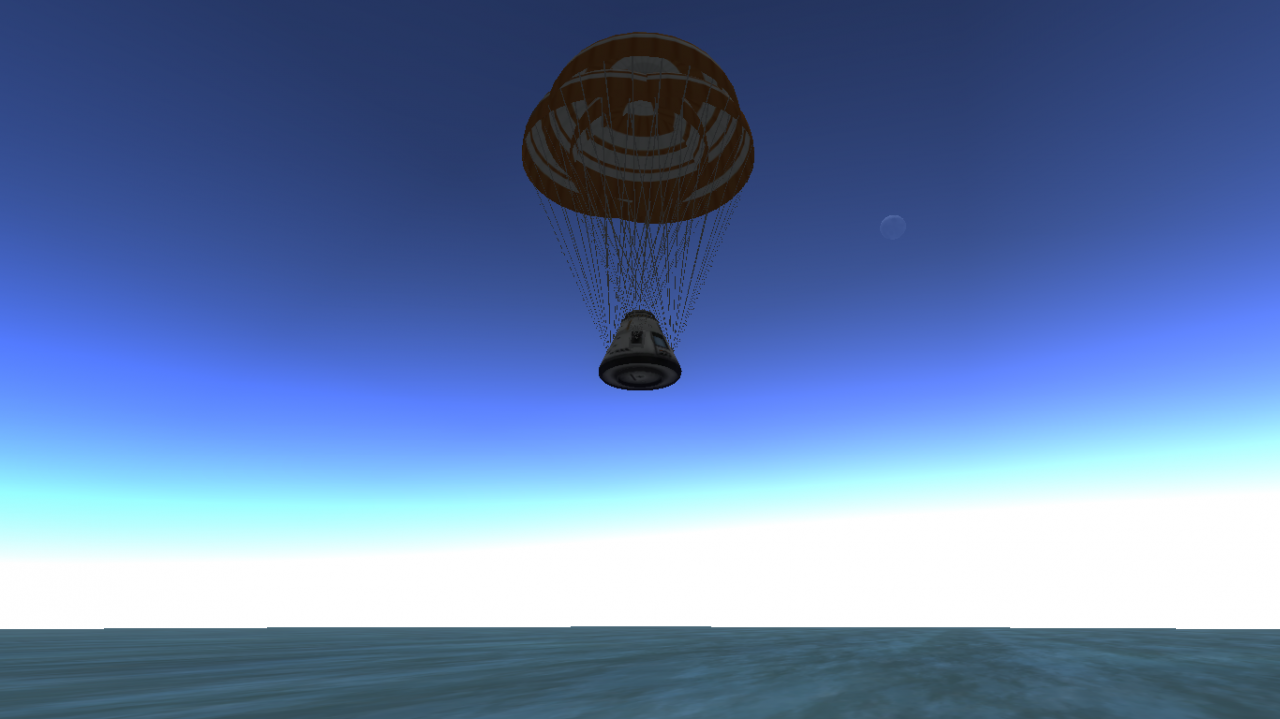
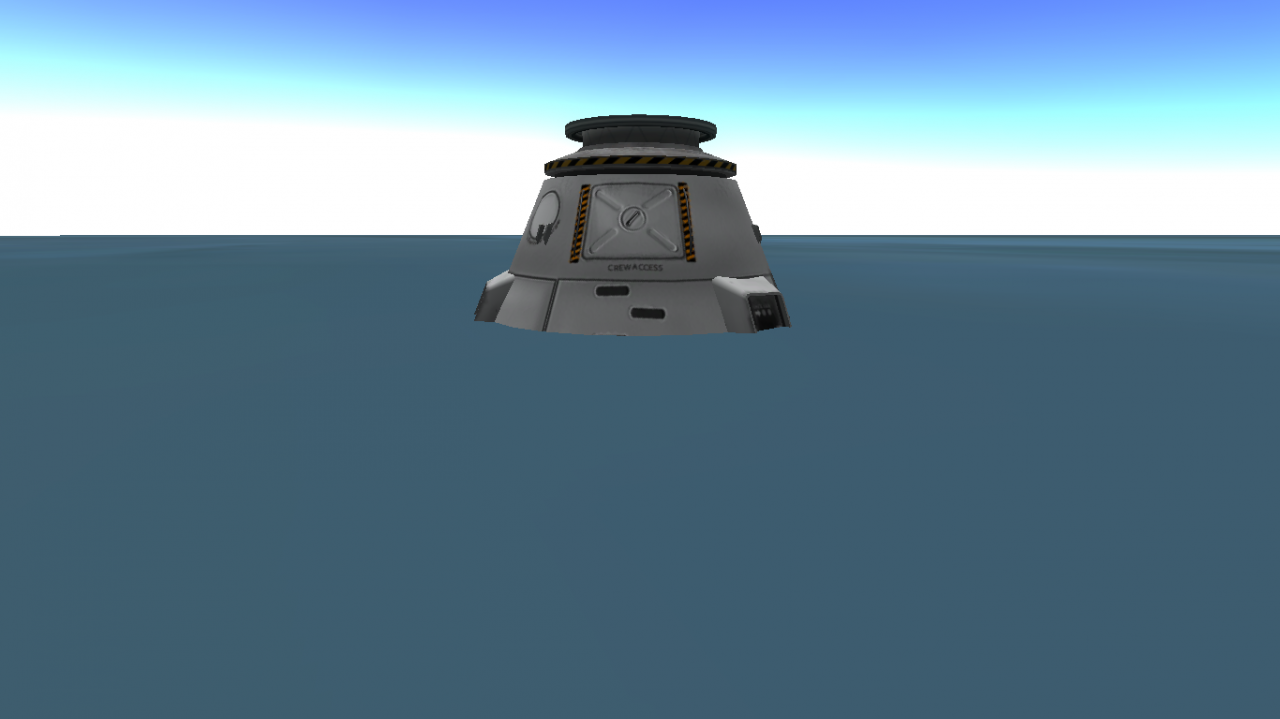
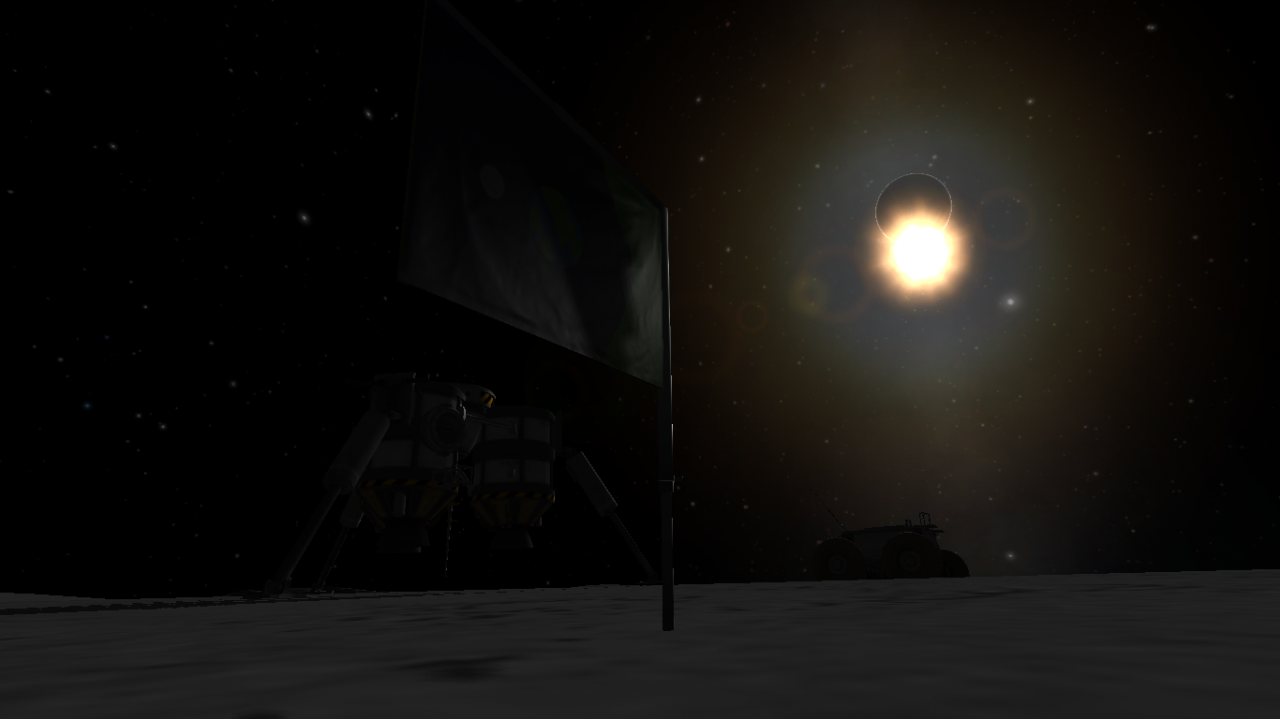

Fantörpikus!!!